April 9, 2023
Martha O'Kennon
It's been about the same as any other week we've seen lately. That is to say, up and down. But according to the predictions, each day from now on is supposed to be warmer until at the end of next week, we should be in the 70's F. But we're not there yet.
Remember that there is information in the name of the file for each image. You can see it by mousing over the image - look at the lower left of the screen. Or you can click again on the image to get to the (usually) larger image. Then the info is displayed in the address line above. Sometimes the second click will actually display a different view of the original image.
I don't know how this happened, but our usual Winter Ants (pictures 1 and 2), which usually come out about once or twice at this time of year, didn't show their faces once all week. Indeed, the Nearctic Ants (picture 3) didn't either.


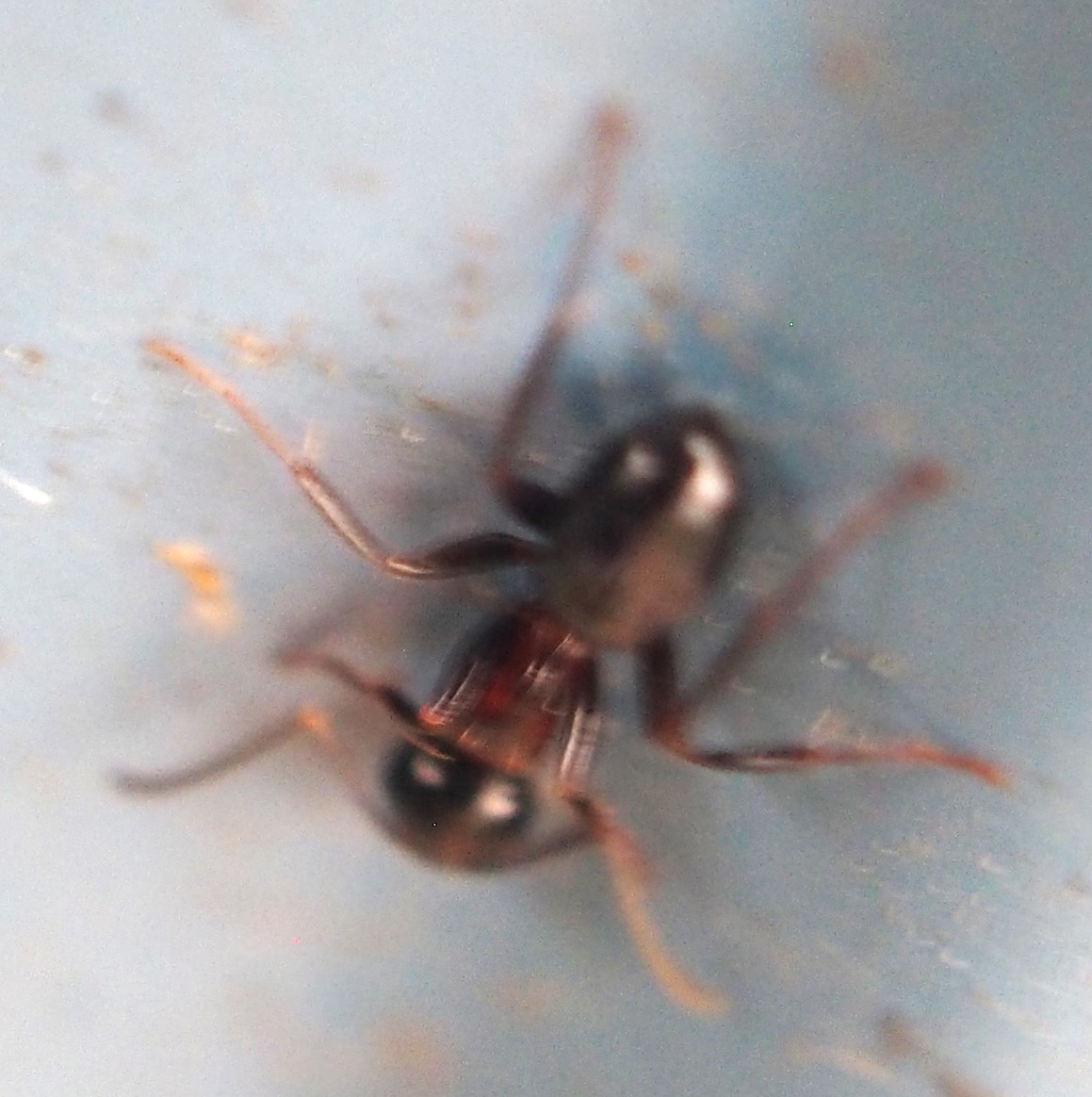
Instead, we skipped to the more Springy Ants, like this larger Eastern Carpenter Ant (pictures 1 and 2), which we haven't seen in quite some time, and this very tiny Nearctic Ant, which still doesn't have the pretty red coloration.
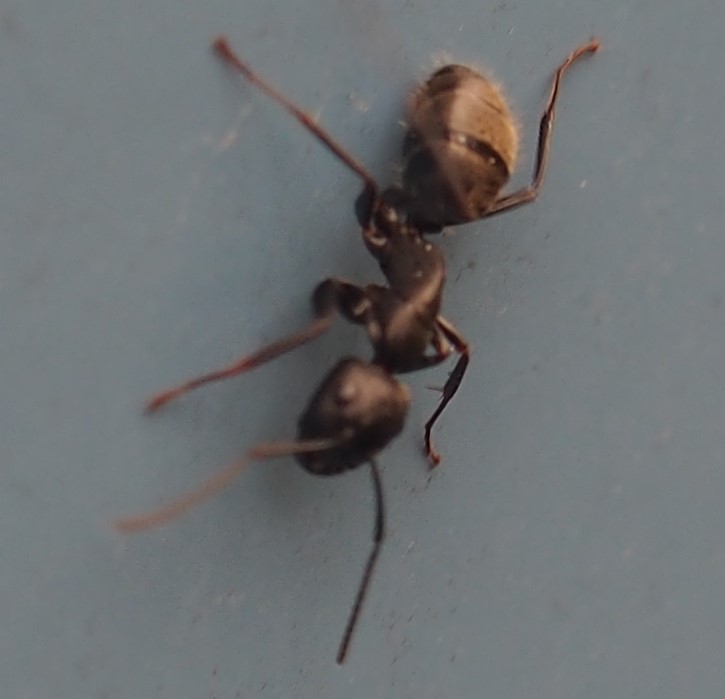
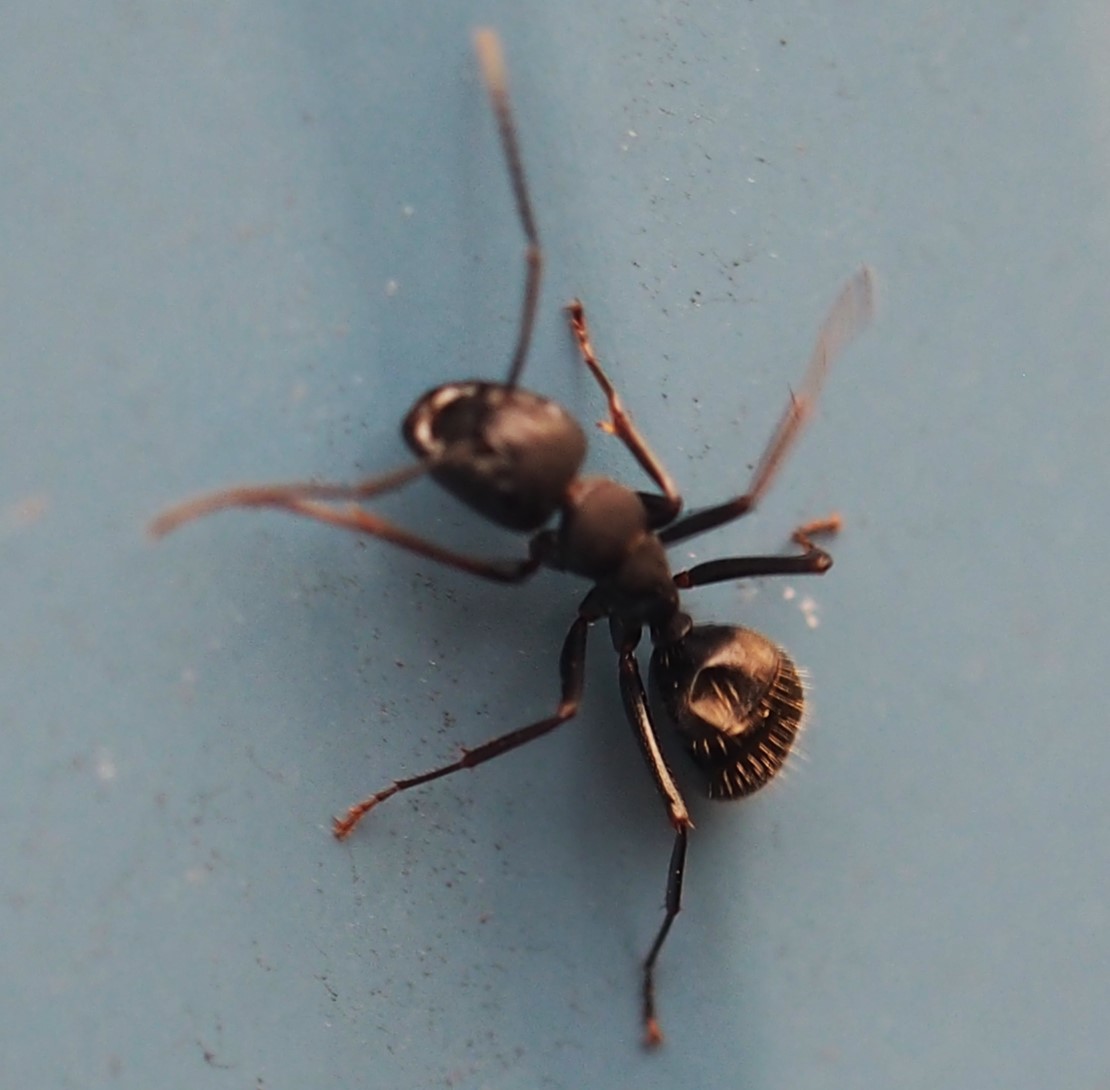
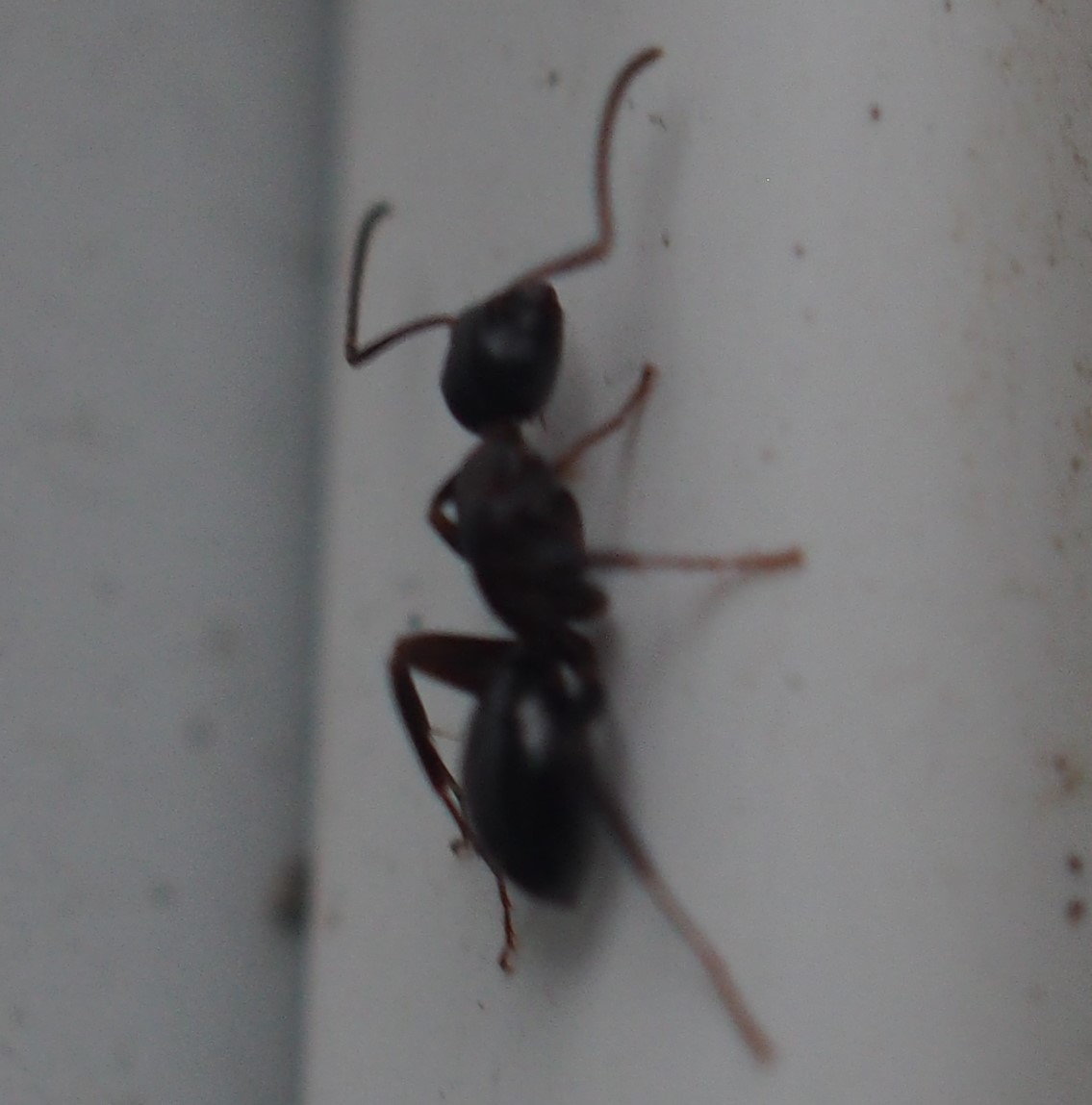
I didn't get a single picture of a Western Honey Bee this week, but unlike last week, with a few Rove Beetles, this week we found on one nice warmish day SEVERAL different Beetles, some of them quite spectacular. These pictures are all of the first Beetle, Enoclerus nigripes. I've seen these gorgeous Beetles several times in different years, and am always delighted!
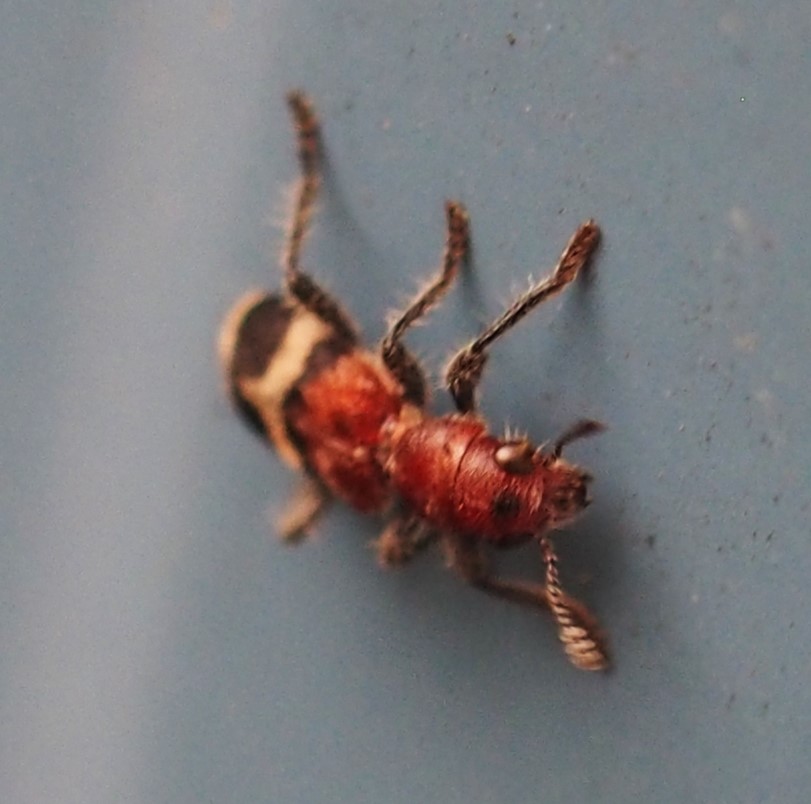

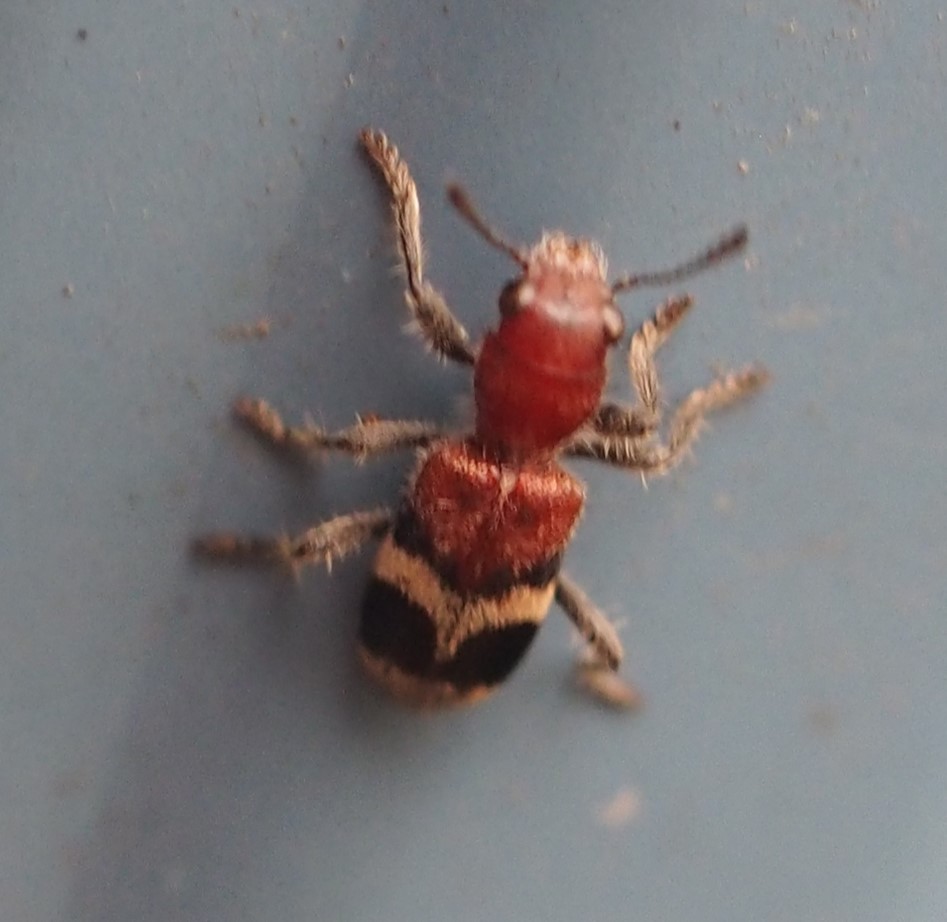
This next one, Omosita discoidea, is another one that we've seen and loved several times.
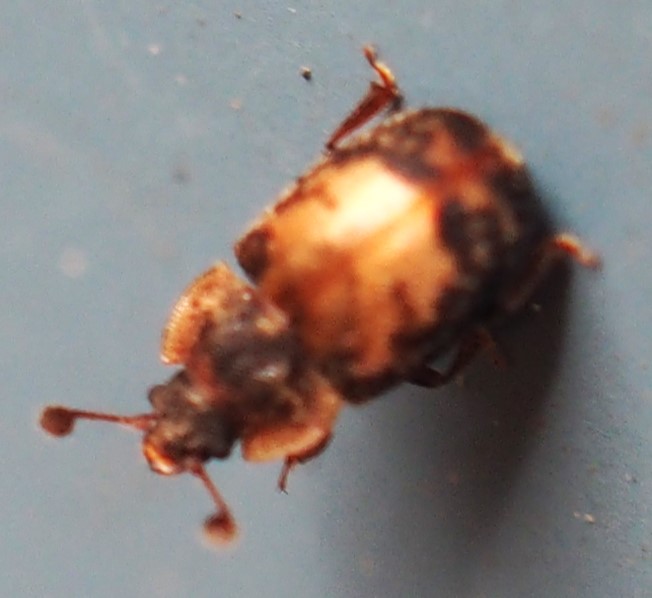
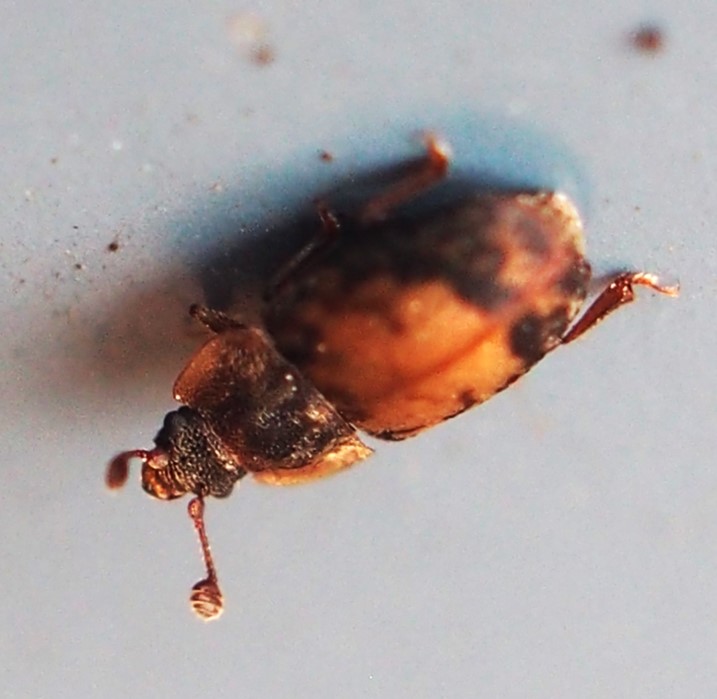
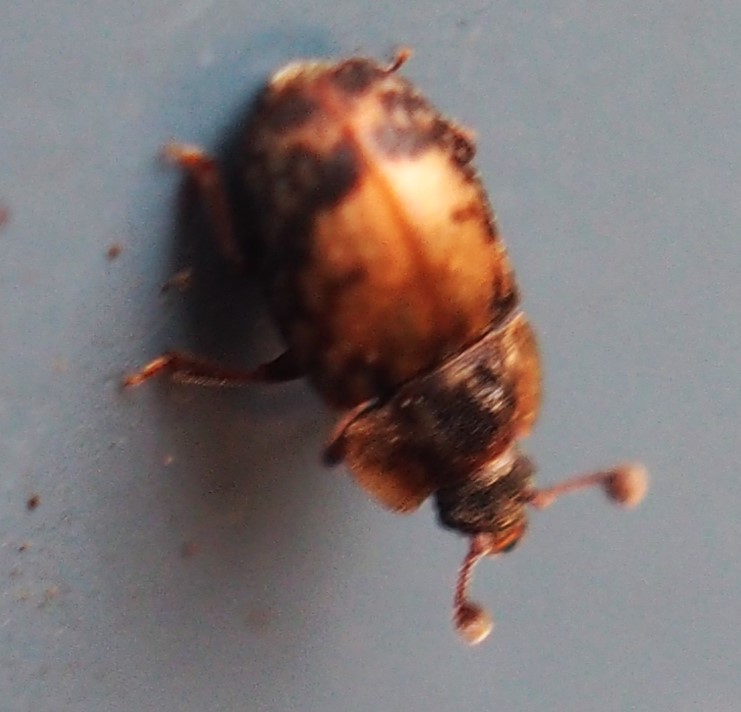
The first Beetle on this row is in the genus Contacyphon, but no species yet. But the next picture is of a Round Fungus Beetle in the tribe Agathidiini. It resembles (and maybe is) the same creature as the little blue "rocks" (picture 3) we saw last week. Last is a very old friend the Redbud Bruchid, which is the little Weevil that lives as a grub inside the pods of Redbud Trees and eats the seeds developing in there. (Remember that no matter how tree-like the Redbud is, it is a Legume like Peas and Beans.)

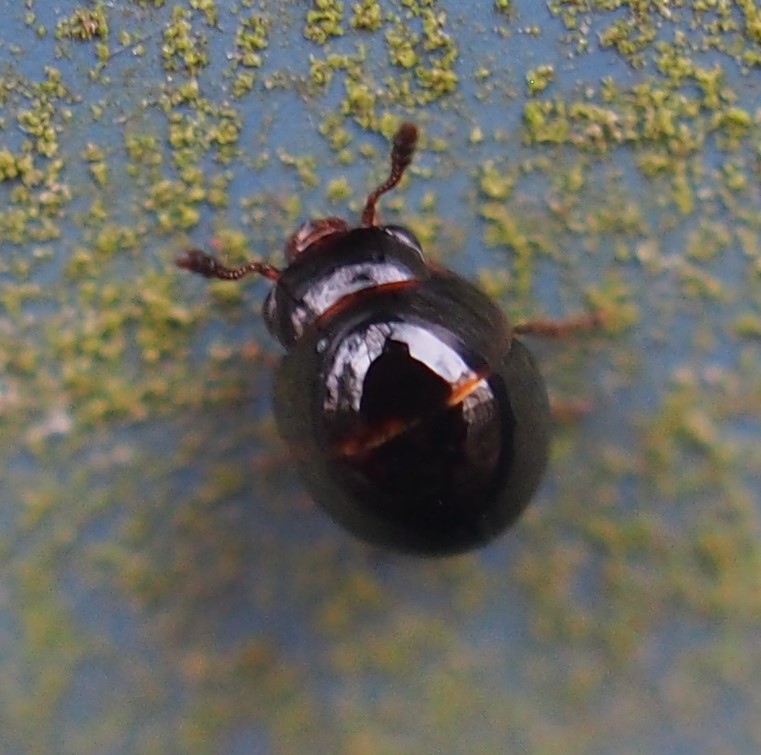
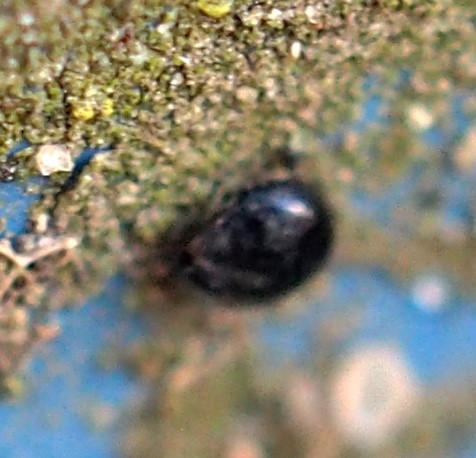

The Bugs were likewise getting more diverse. The first one is a very young nymph of the 4-spurred Assassin Bug, Zelus Tetracanthus. You might wonder if it was meant to be the OTHER Zelus Bug that we see here in Michigan, that is Zelus luridus. Although the adult of this other Bug is pale green, the real tipoff is that it has red eyes and this present one doesn't seem to. Anyway, the present one is the first one of the season! Next is our old frenemy, the Brown Marmorated Stink Bug, this one found OUTDOORS. Third is an Eastern Boxelder Bug, this one also found outdoors.
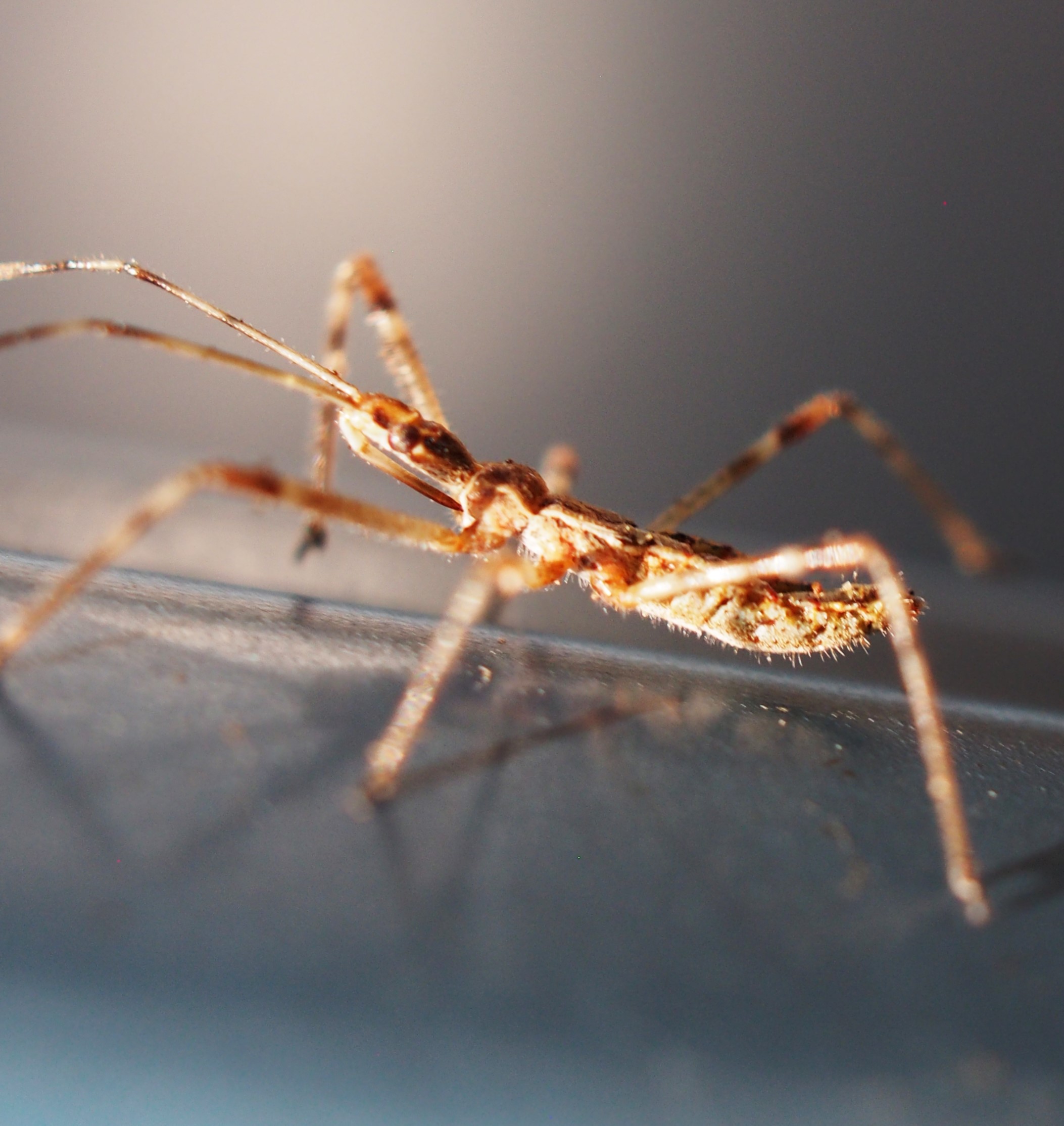
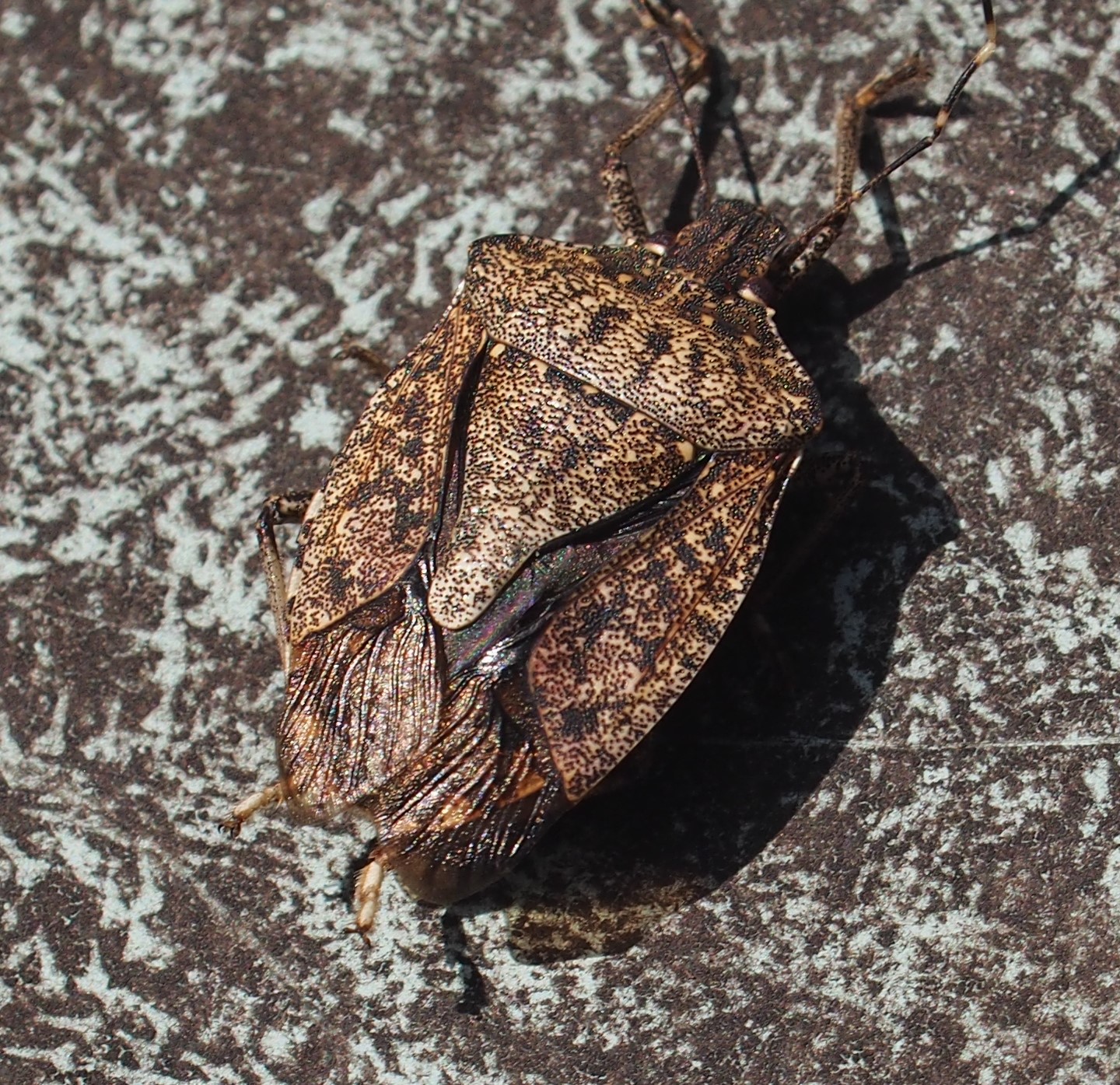
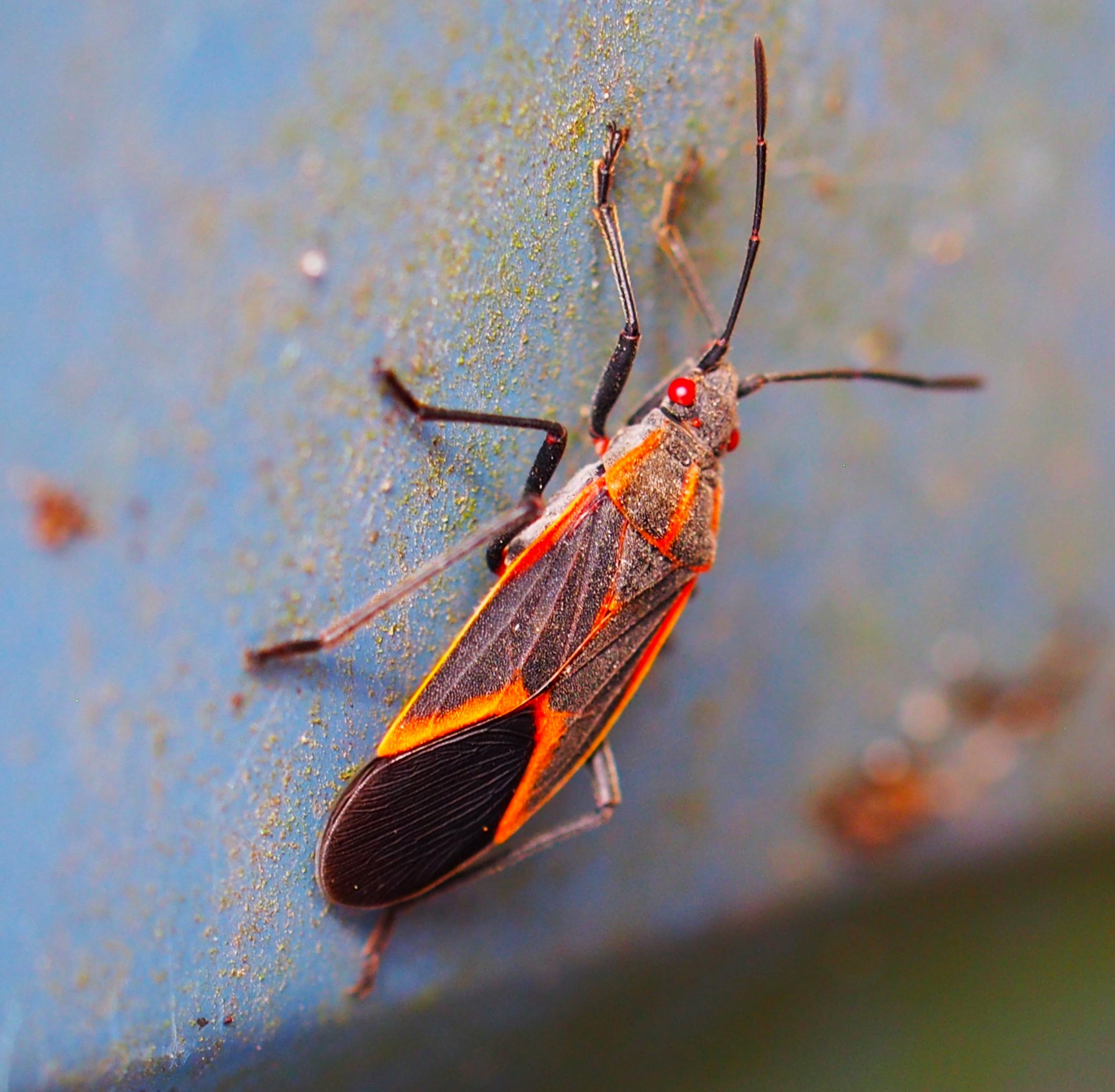
This next leafhopper, Erasmoneura vulnerata, is one of my favorites because of its lovely color and pattern. Second is a very common member of genus Eratoneura.
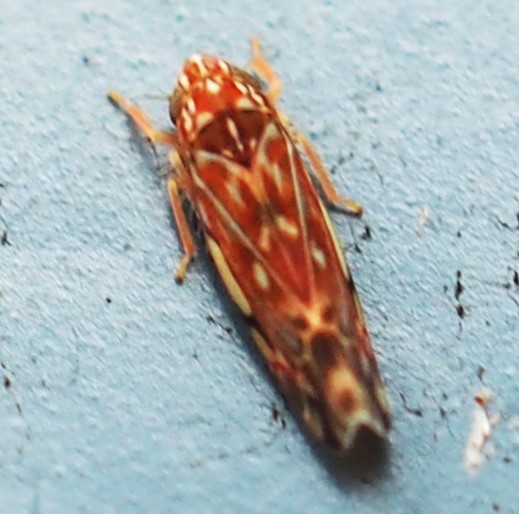
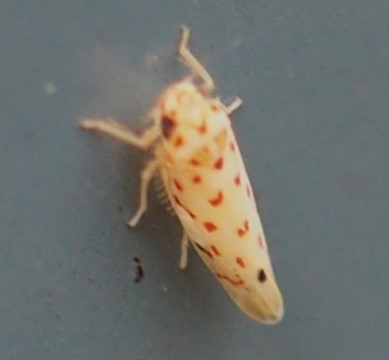
The most plentiful Leafhopper these past few days has been one of these members of the genus Erythridula. First you see it just minding its business, then having a nice slow drink off a raindrop. Finally you see it and then you don't - it has an amazing kickoff!
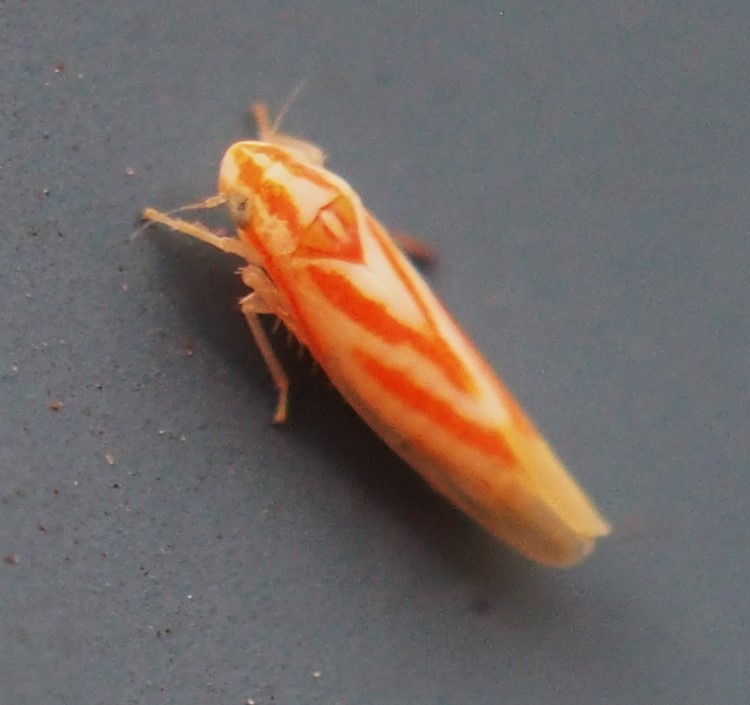


One more Bug, this time a Lygus Bug, again the first one seen this Spring. Usually I see them in the Summer. But here it is, an adult Lygus Bug (two shots). Now we just have space to show you one of those creatures that make themselves a case of sticks or other fibers. When they move they take the case along with them. This Case Creature hasn't moved since Fall.
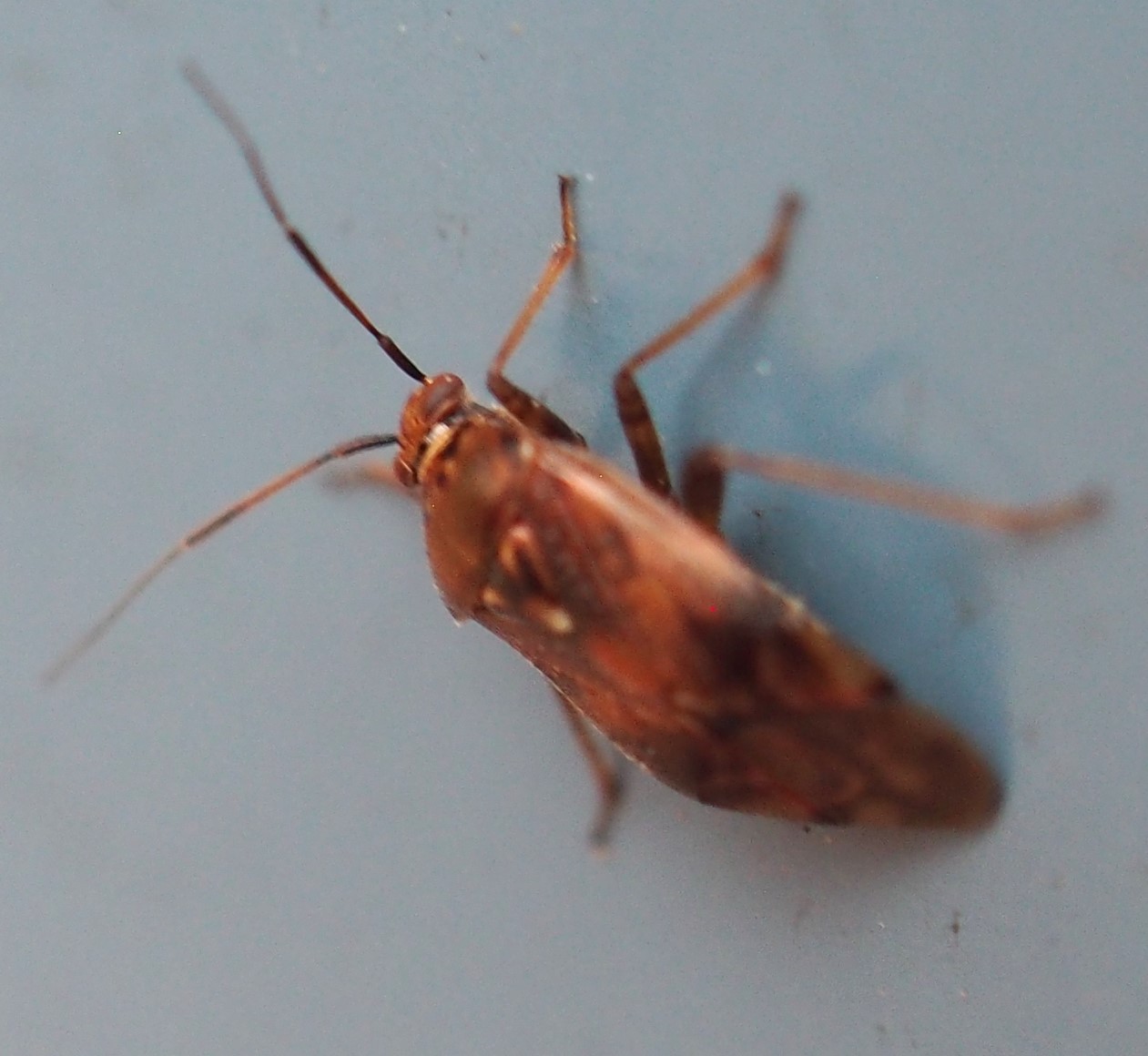
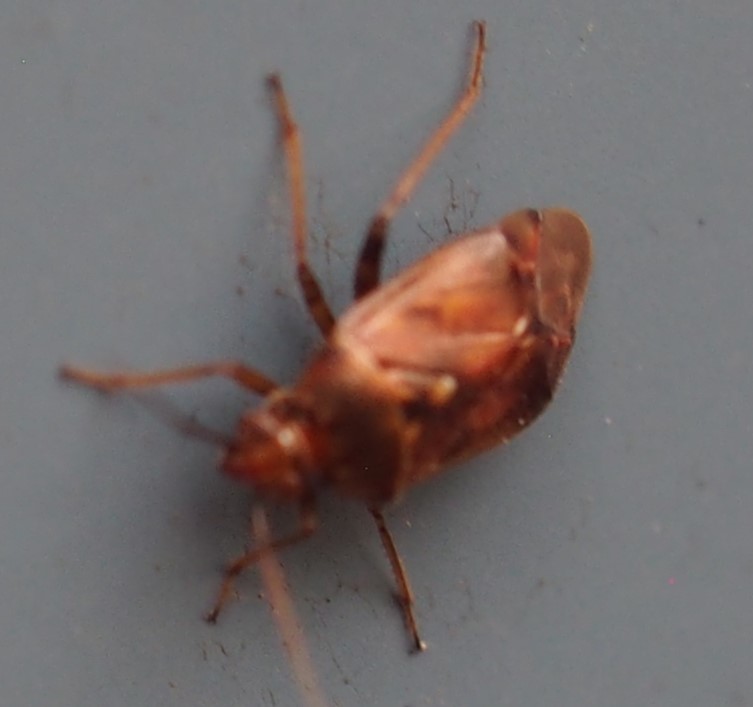
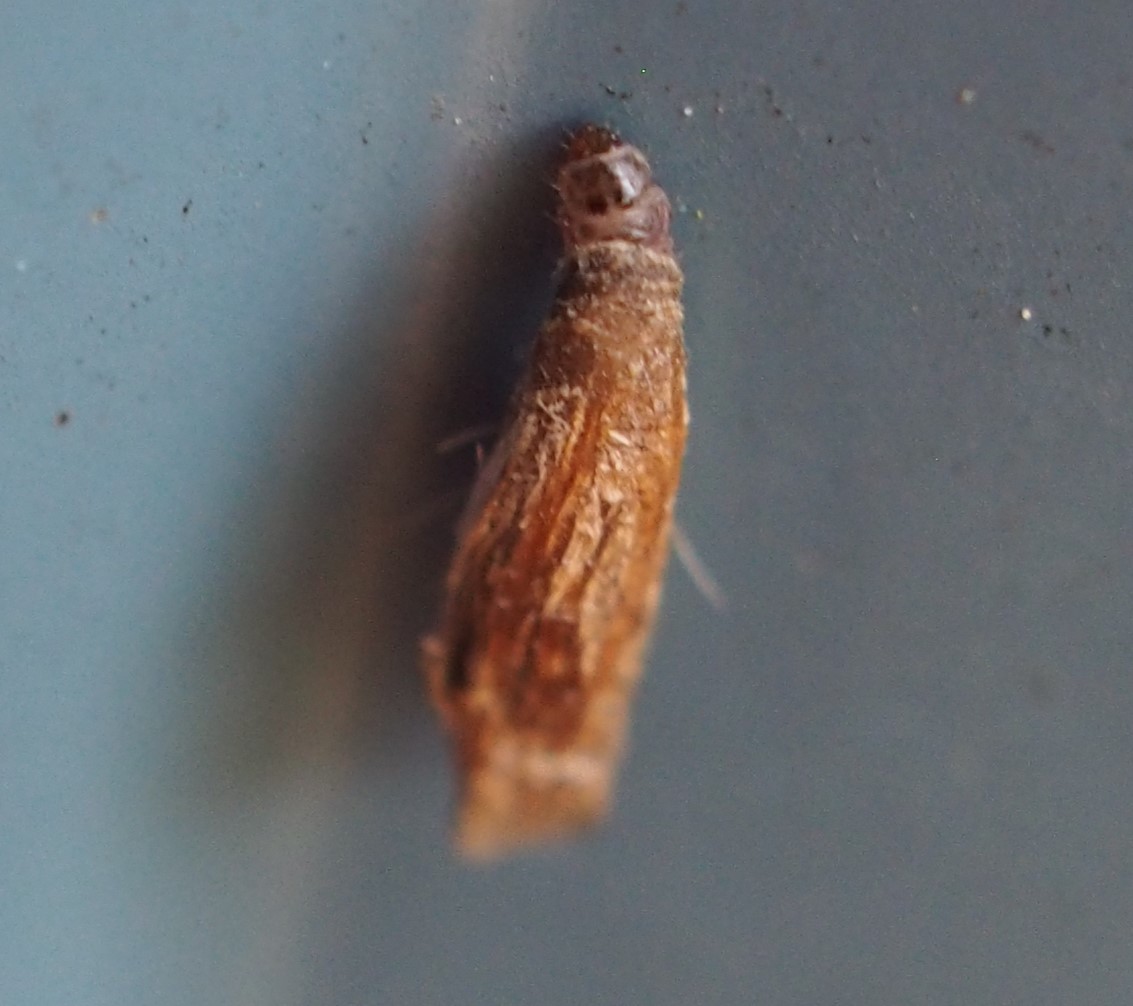
So here we are, at the entrance to the Flies. Last week we saw a lot of them but this time we're concentrating on some newer kinds. Here are two shots of a Dung Fly in the genus Leptocera.
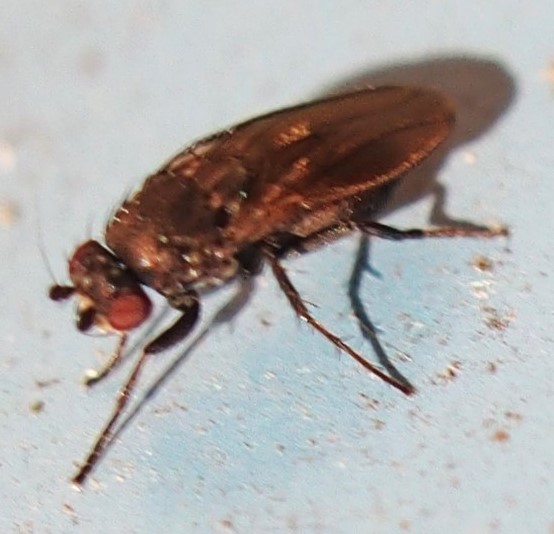
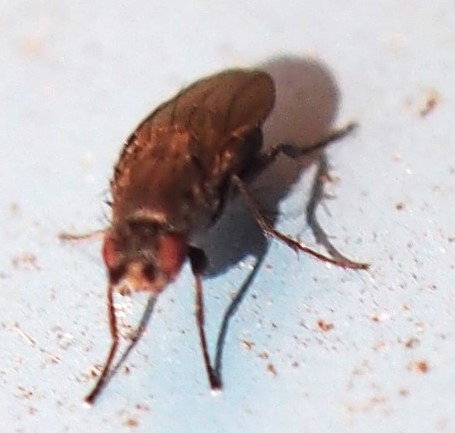
Do you remember this one from last week? I didn't know if it was a Midge or a Mosquito. @ospr3y of iNat showed us that since it doesn't have a proboscis (sucking mouth part) it wasn't a Mosquito. This week we saw another one that looks like that one. Pictures 2 and 3 show this week's mystery. It's a Non-biting Midge again! But did you notice a difference in the picture from last week and the two pictures from this week? Look at the antennae. Last week's Midge had fluffy antennae - it's a male. But this week's had little thin antennae - it is a female!
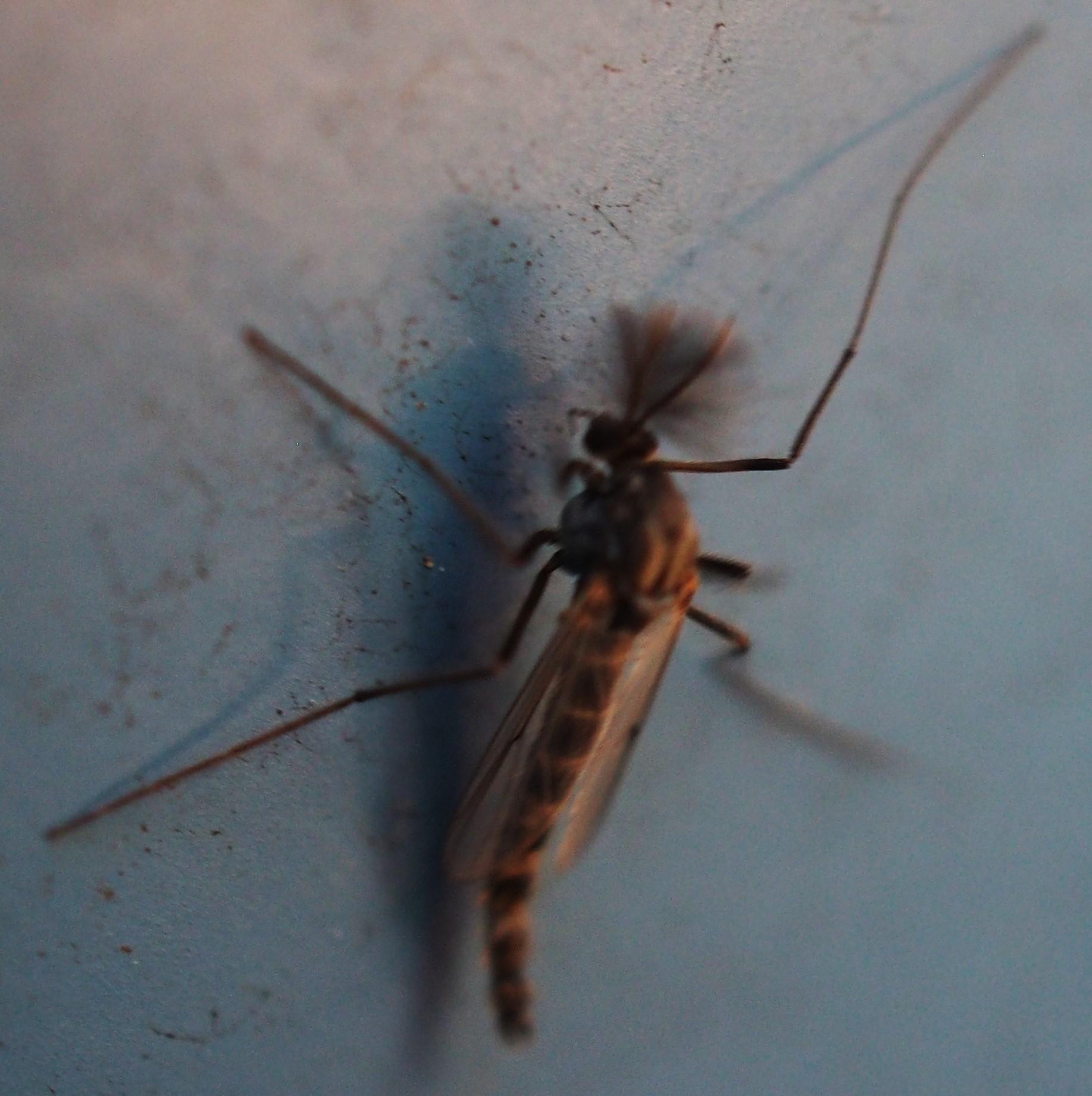
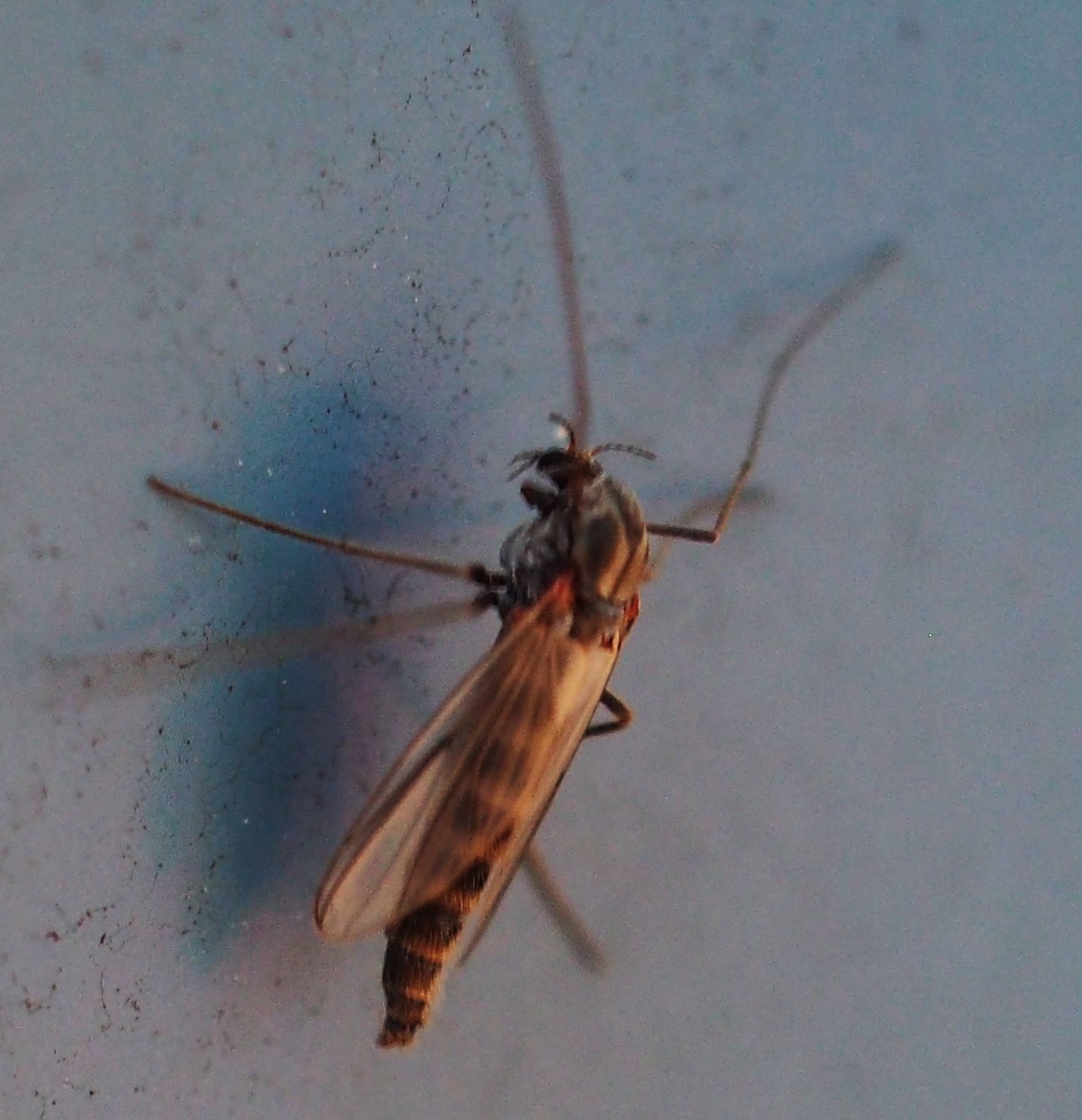
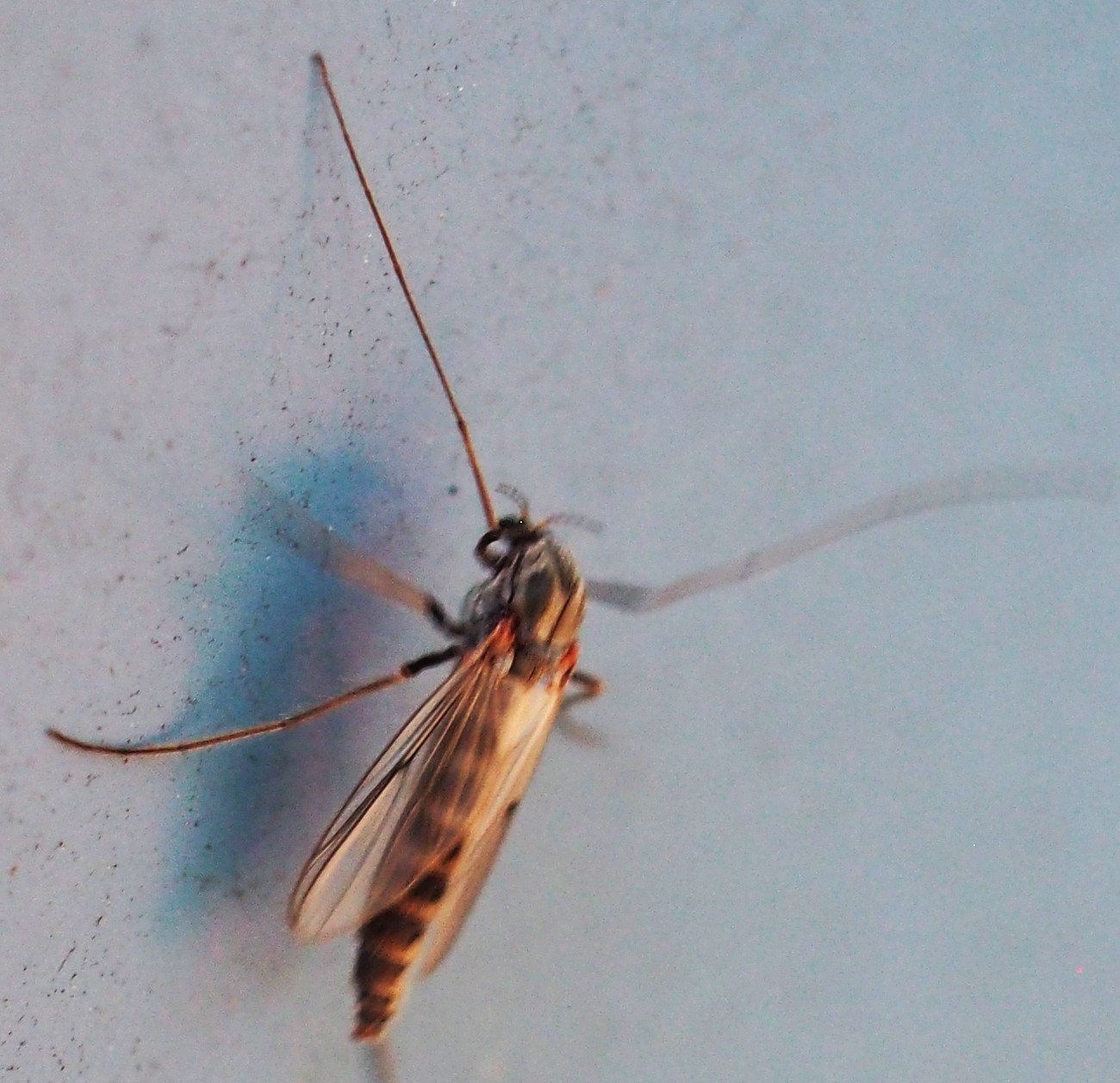
Here's a pretty one (pictures 1 and 2) that I haven't gotten identified yet. Number three, a Muscoid Fly, was running about on the open ground the other day.
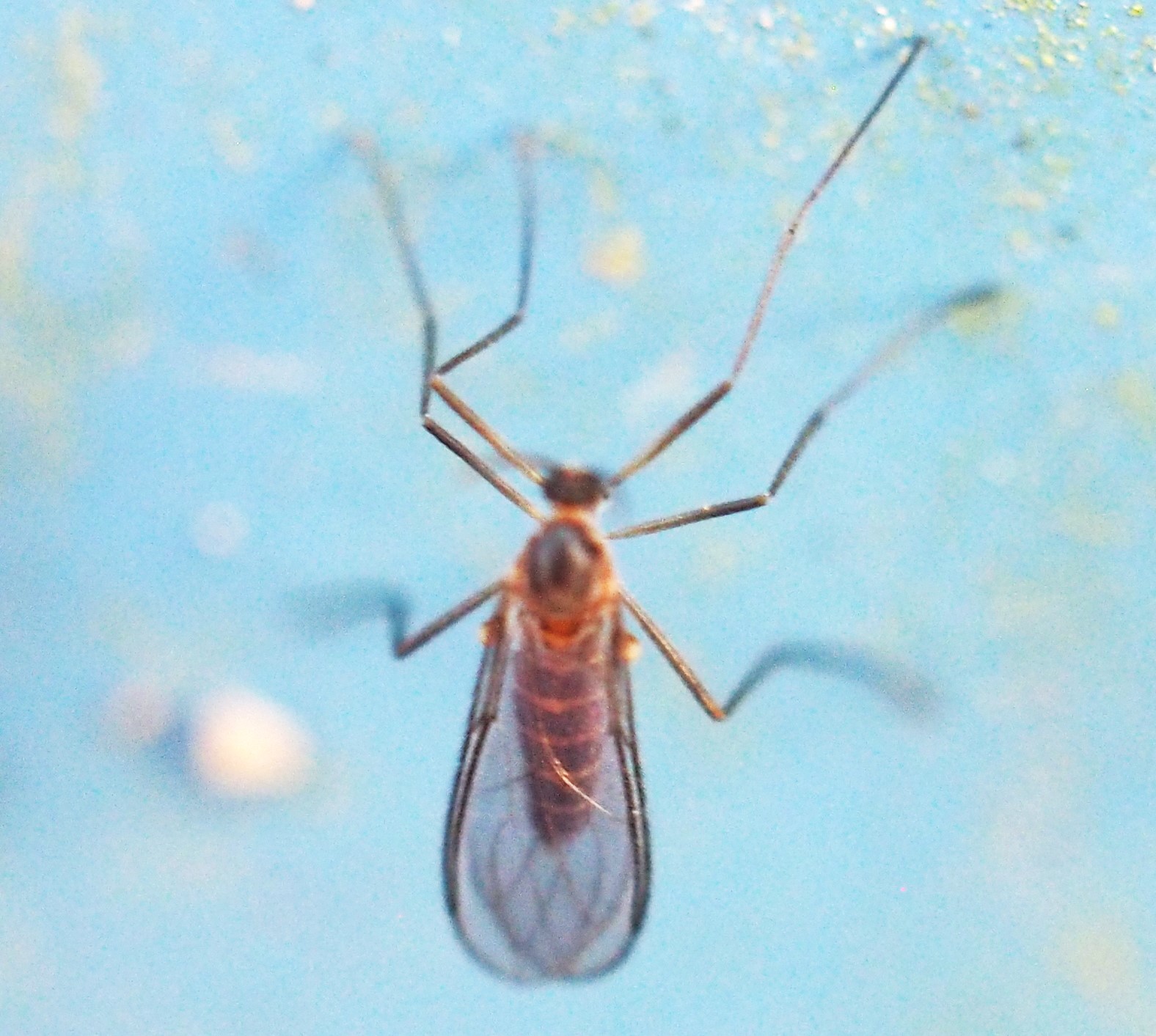
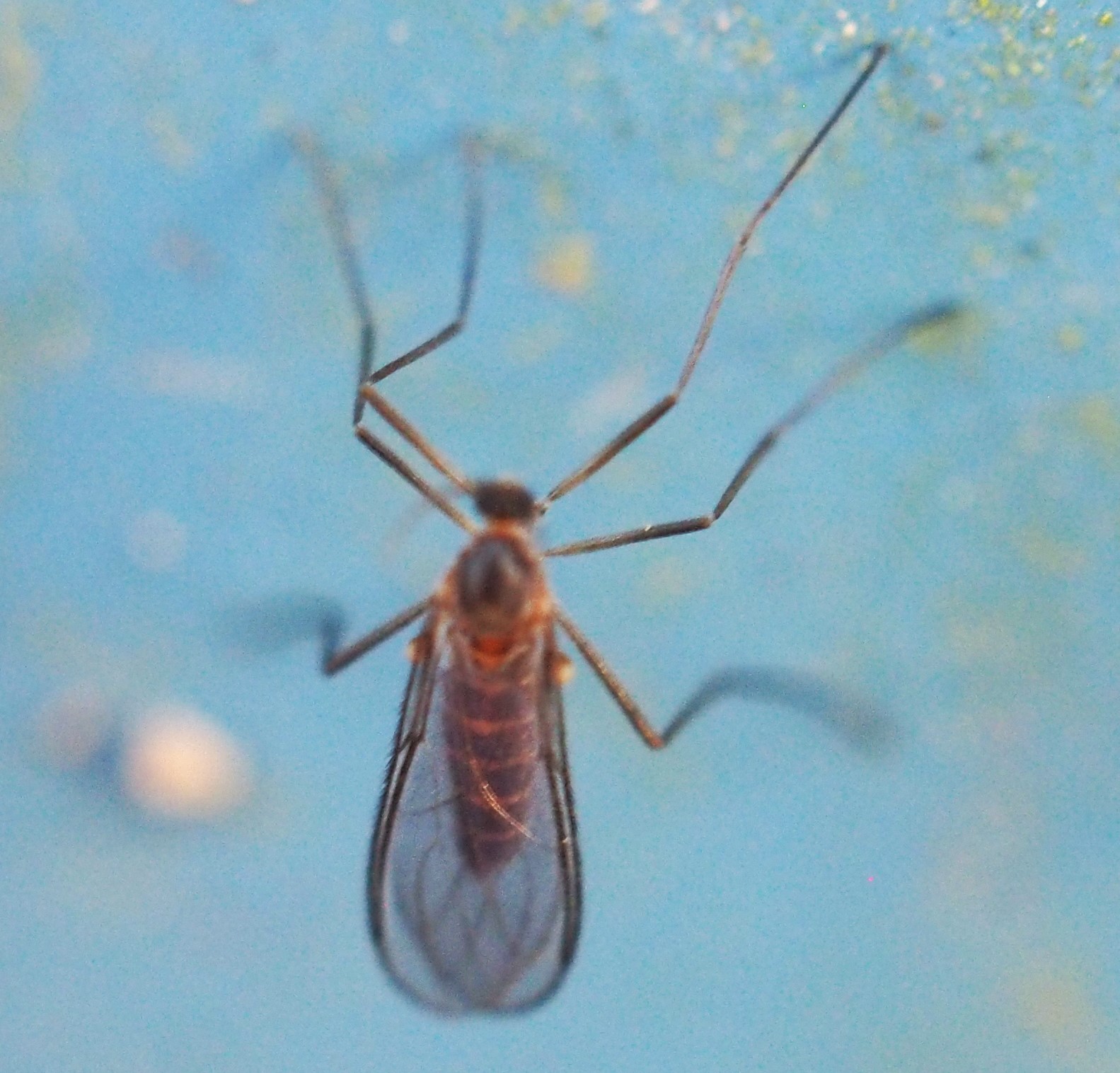
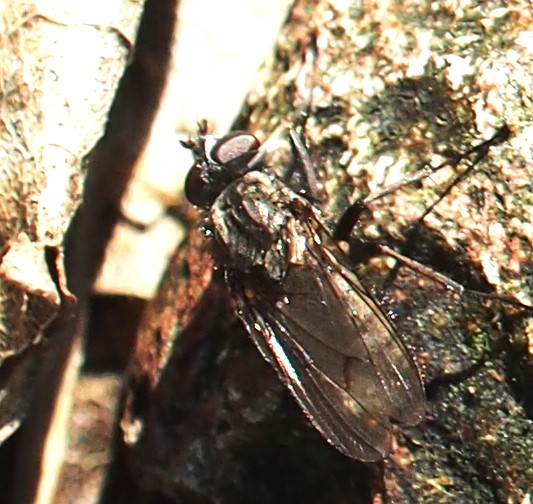
How about that Flower Walk? In the front yard, here is one of the TWO tiny Daffodils I planted years ago. They don't spread much, do they? Meanwhile, the Grape Hyacinths suddenly decided to bloom. Remember that there are two kinds of Grape Hyacinths - the ones that are already green as soon as the snow is off of them, and the ones that only start to grow a while later. See the difference in their blooms? (Answer: the tops of the flowers are rounder on one than the other.)
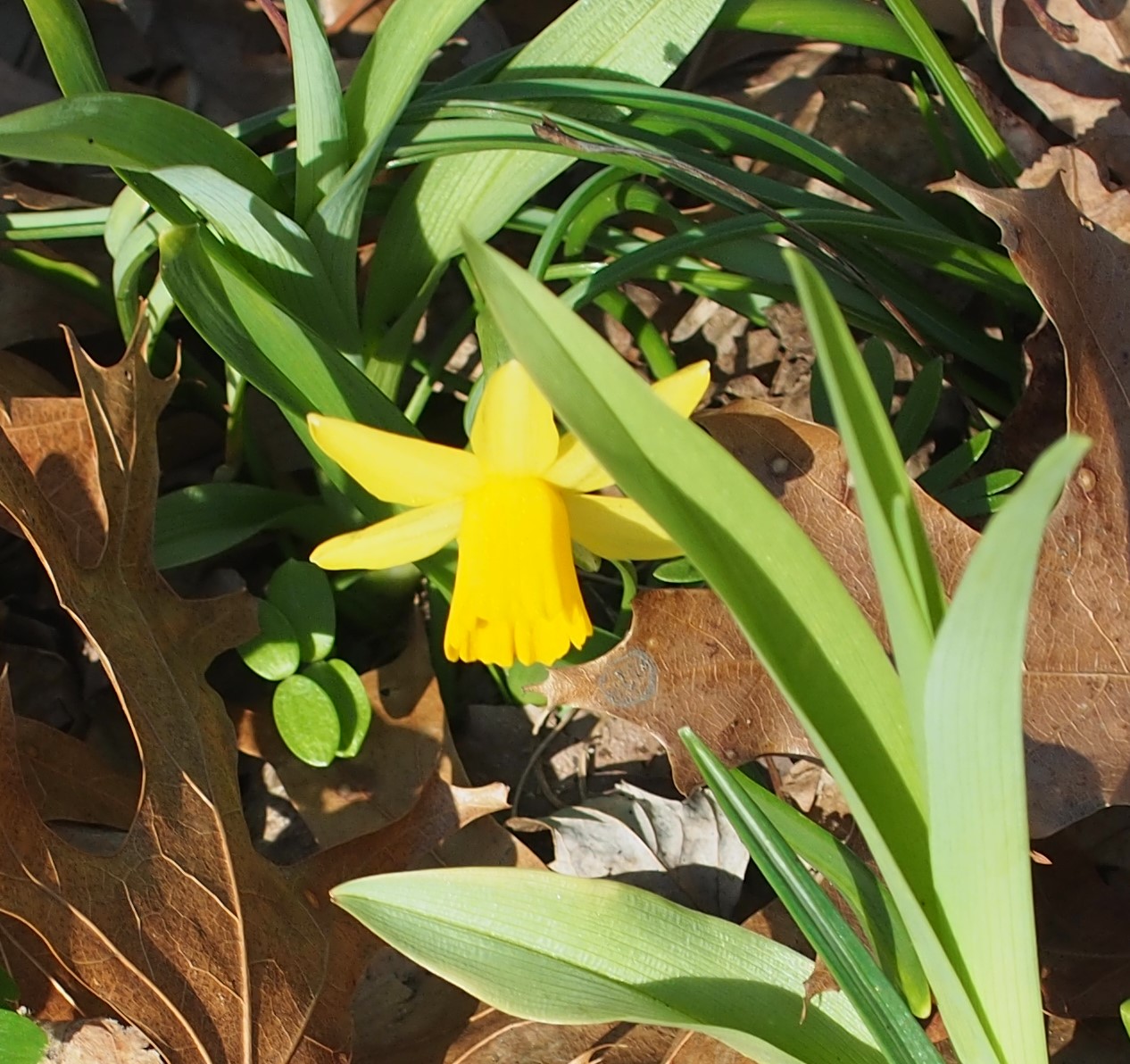

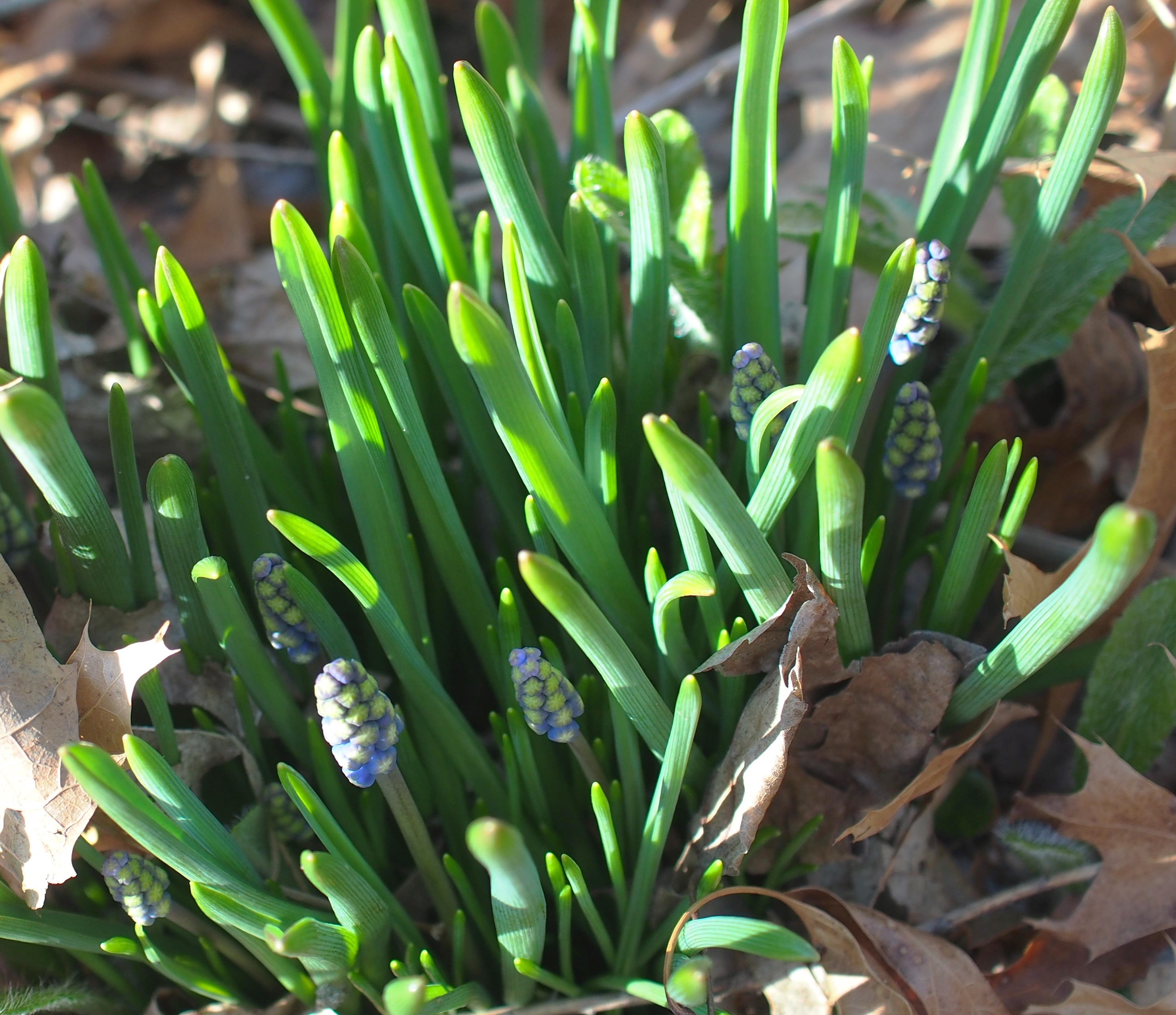
Speaking of Hyacinths, here is that small Hyacinth plant we saw in the back yard last week. It is making a bit of progress. The Japonica (Japanese Quince) on the walk from front yard to gate is starting to soften up. It may be blooming next week. Third, the May Apples are up!

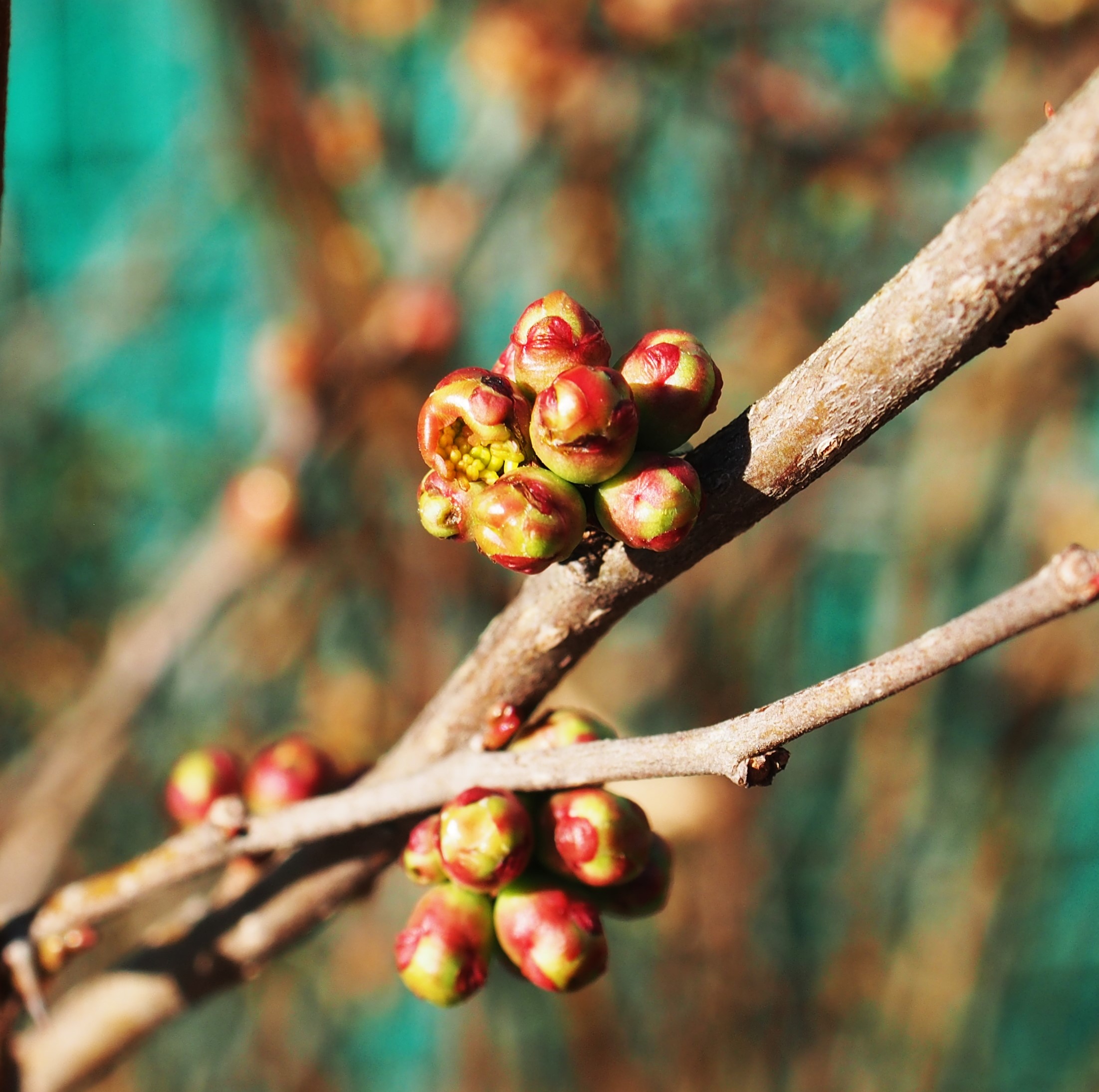
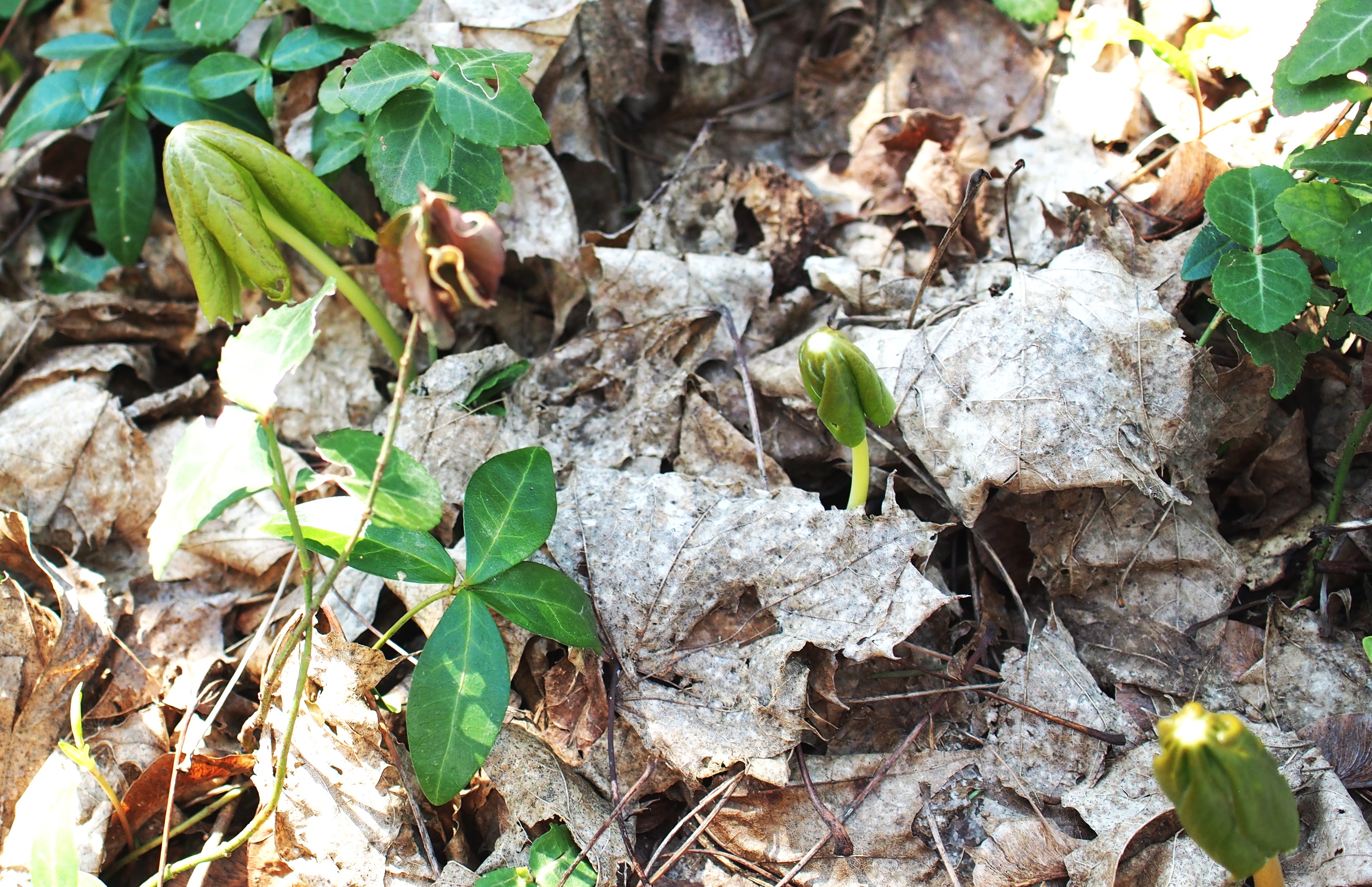
Here are those squills on the South-East corner of the Wall. Such a sweet little patch! It's followed by the huge patch in front under the big Maple Tree. Click on the big picture.

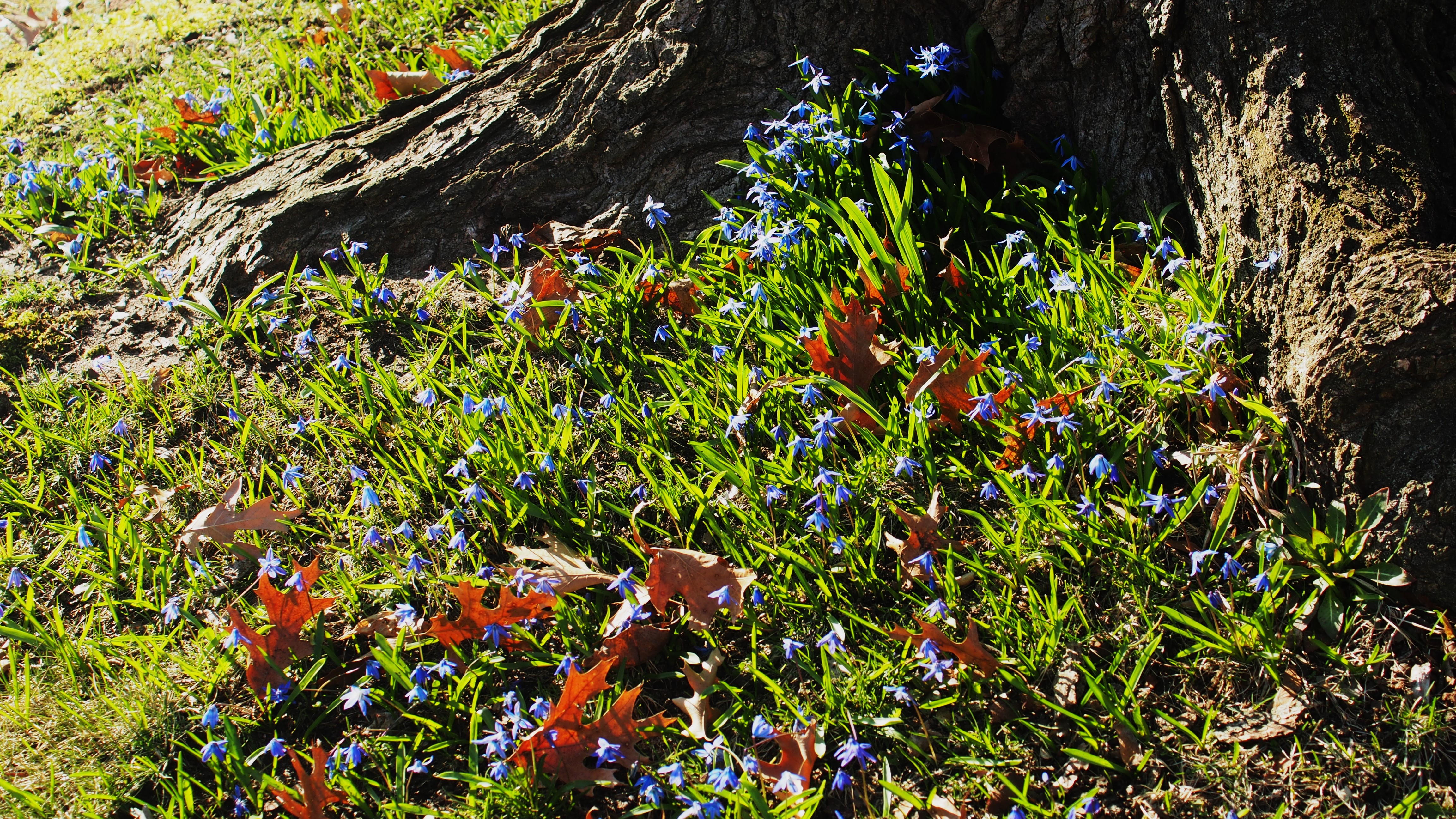
Here is the Purple Hellebore exploding in the front yard. And a little patch of Snowdrops, about all that's left of them. Third is the Celandine Poppy, just budding up. Soon it will be blooming all over the back yard, and for MONTHS!
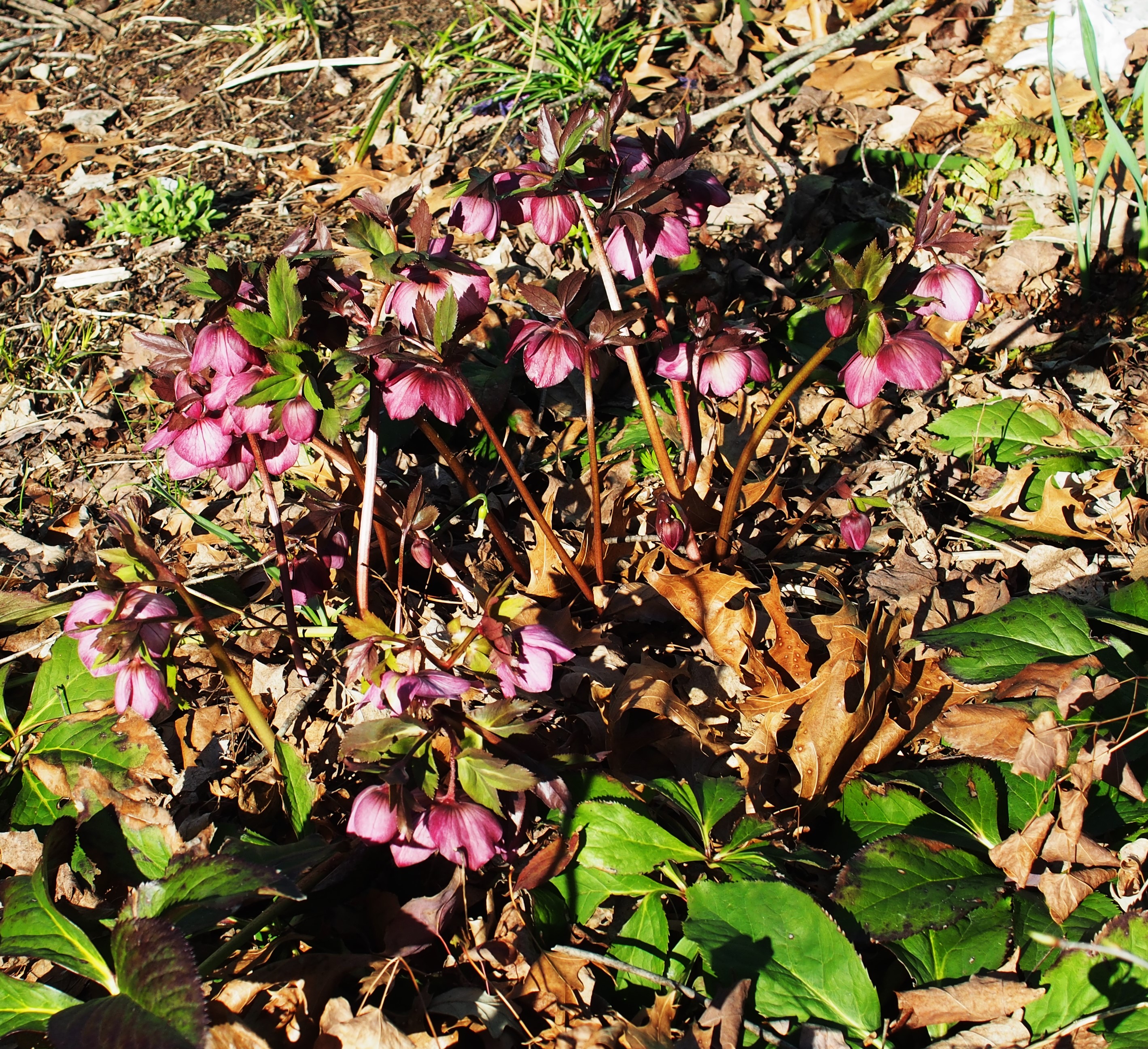
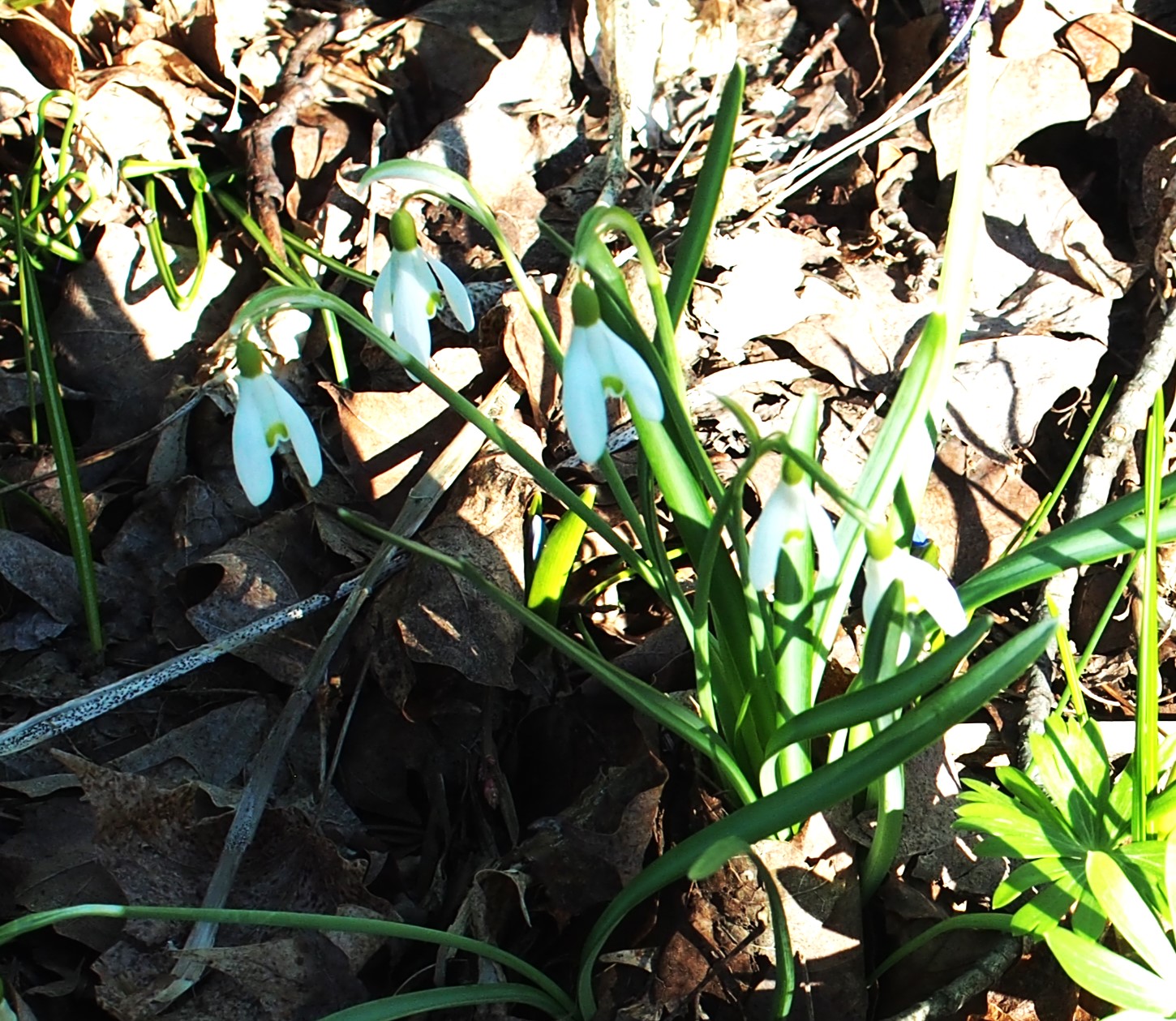
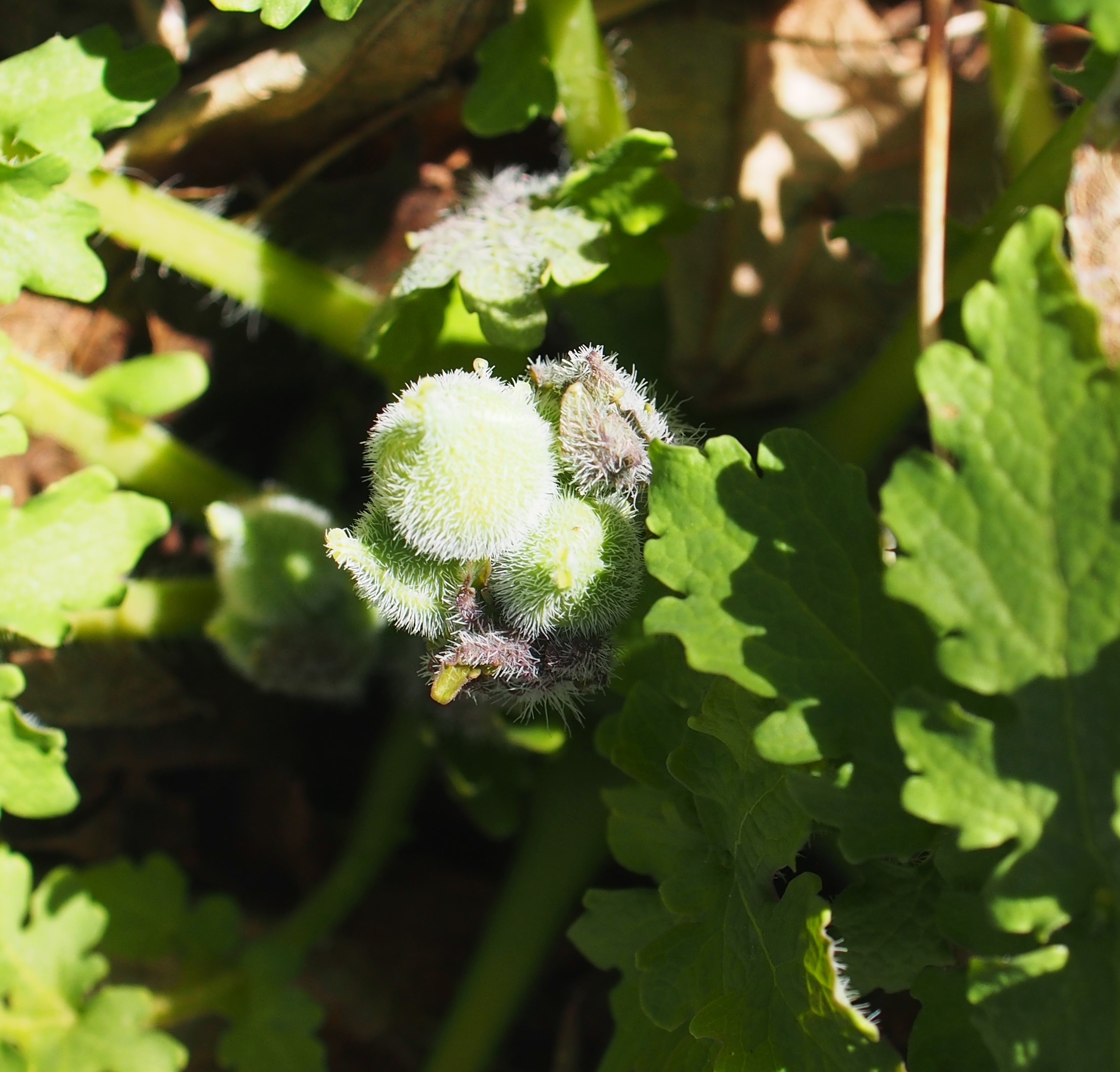
That was a nice little Flower Walk. I love to see the progression of the plants as Spring arrives and develops itself. But now it's time to see the Spiders. Here is a Northern Crab Spider, which I usually spot on the Goldenrod (wait till August for the real thing). Second and third are another shade of the same kind of Spider. Did you notice that Spider 1 is a male (look at the big pedipalps) while Spiders 1 and 2 are females (very simple palps).. Matt Hutton says it is not a sex color difference, just a color variation.
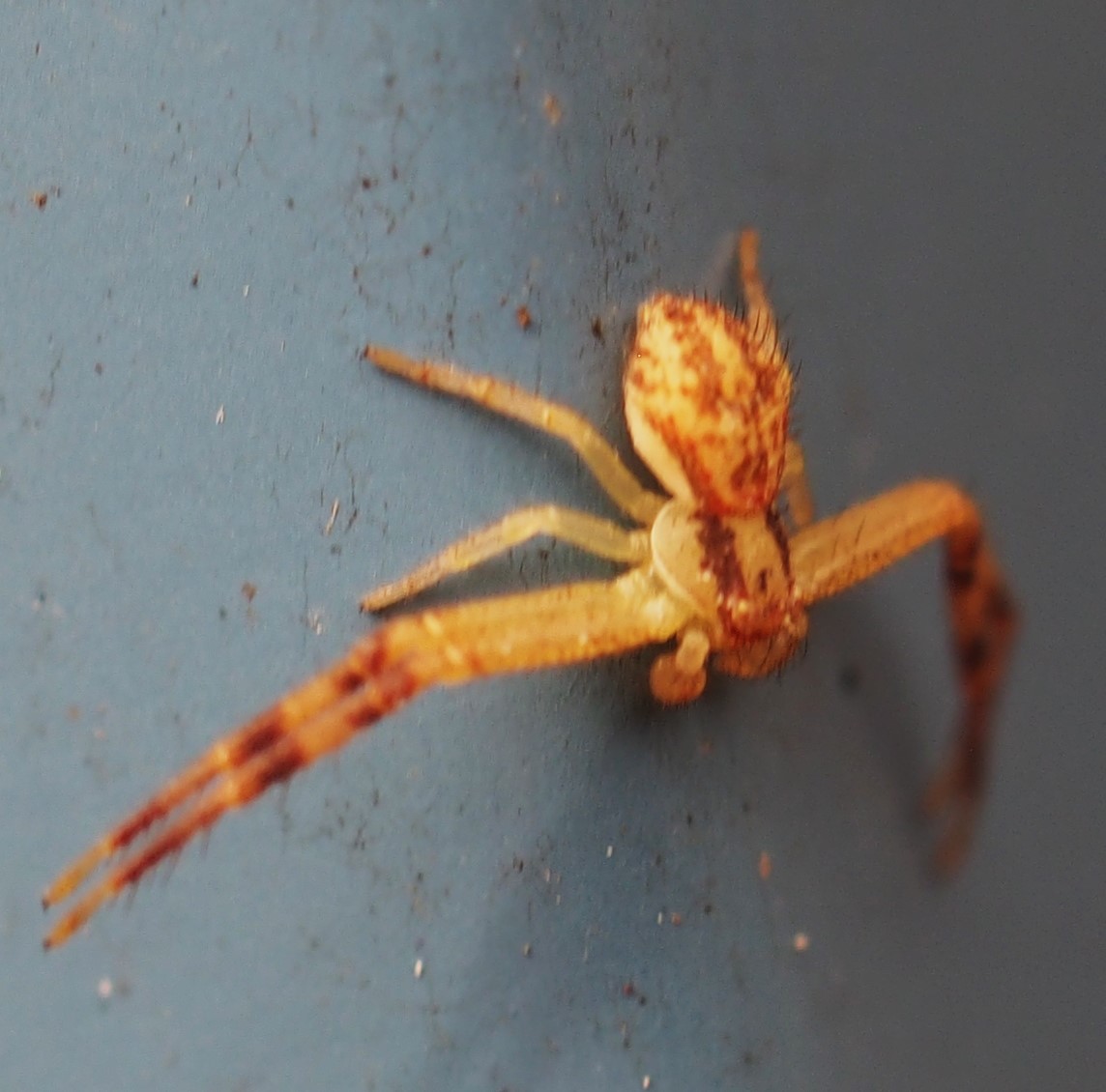
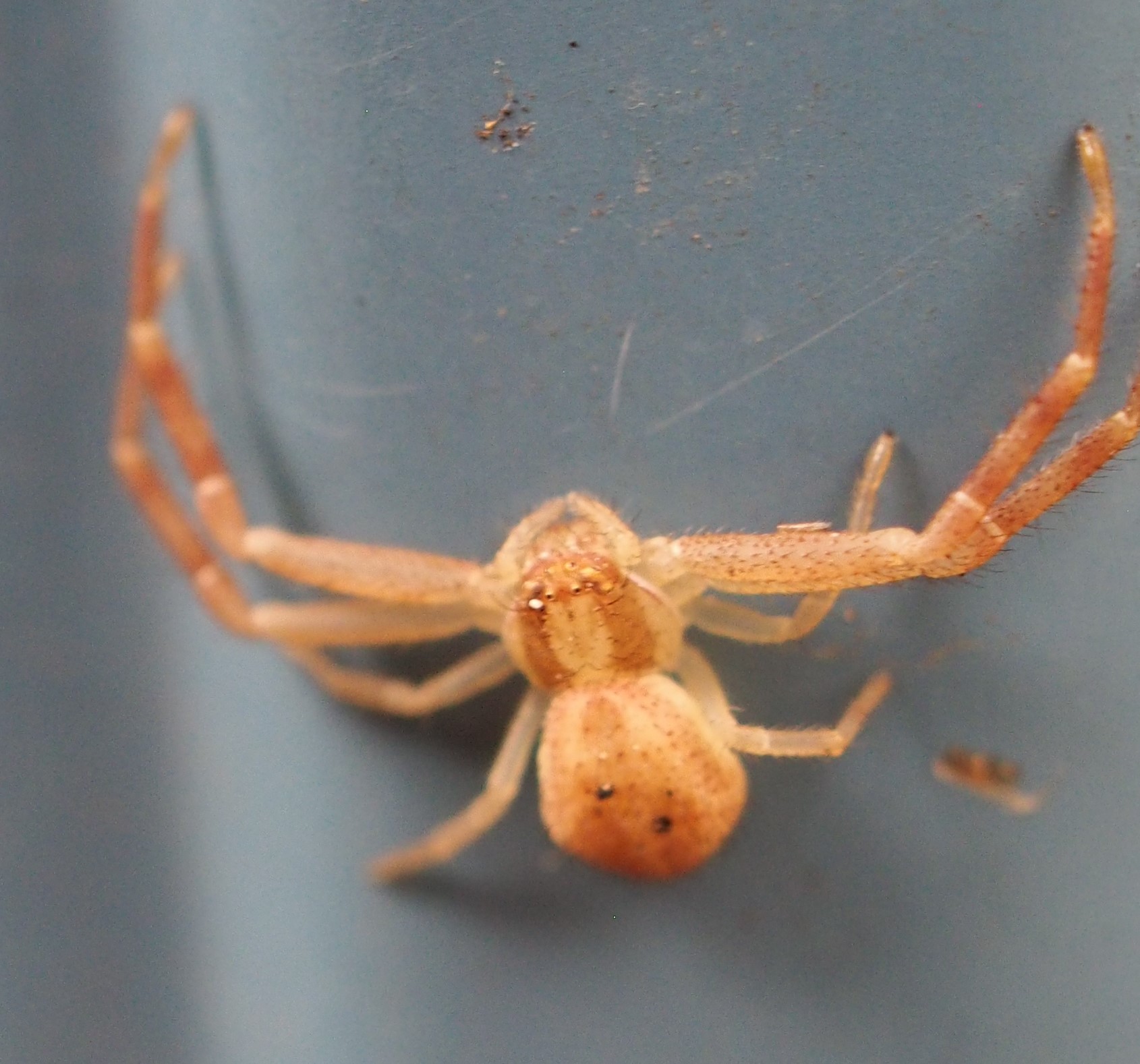
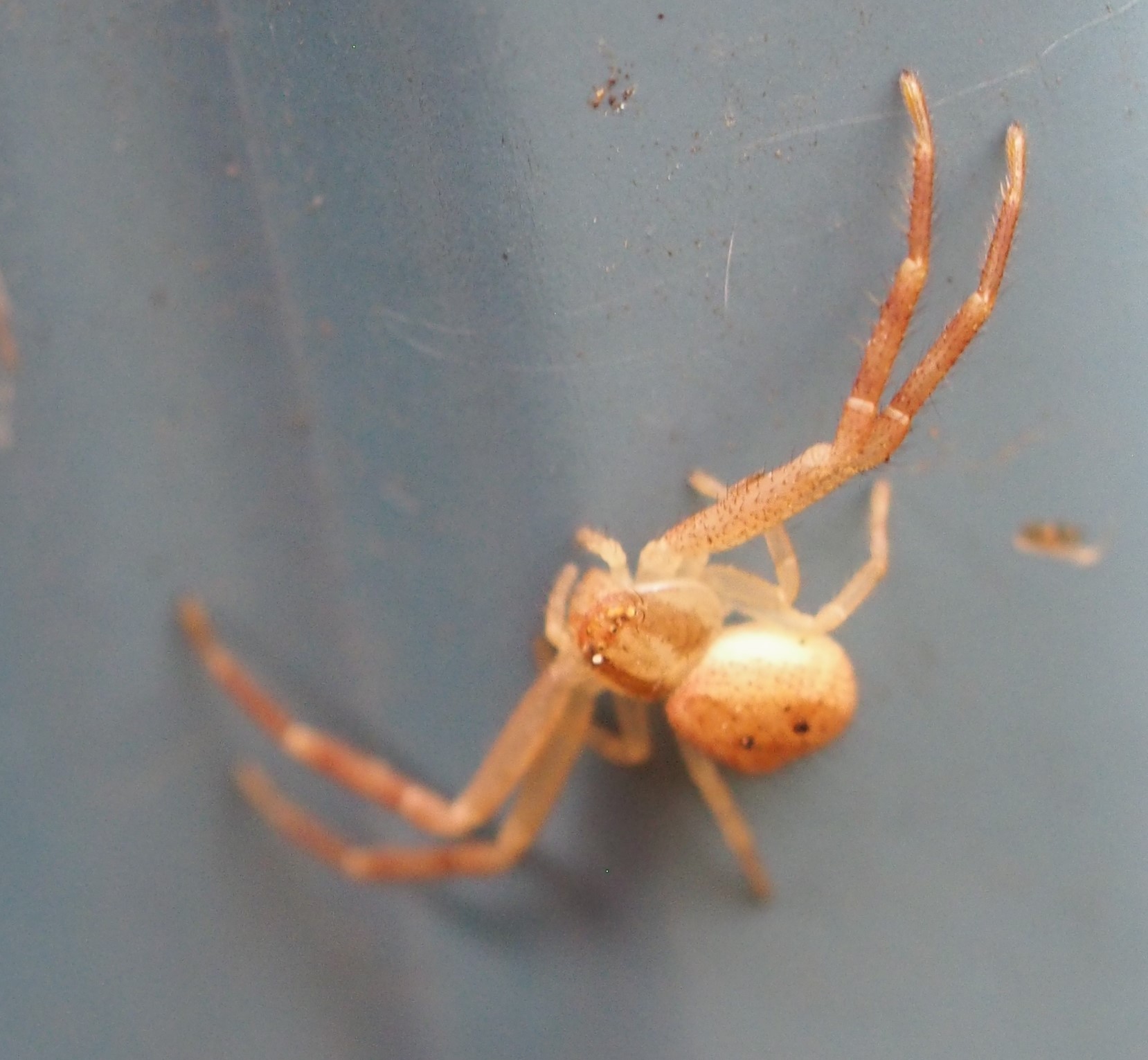
I seem to have found lots of kinds of Dwarf Spiders.
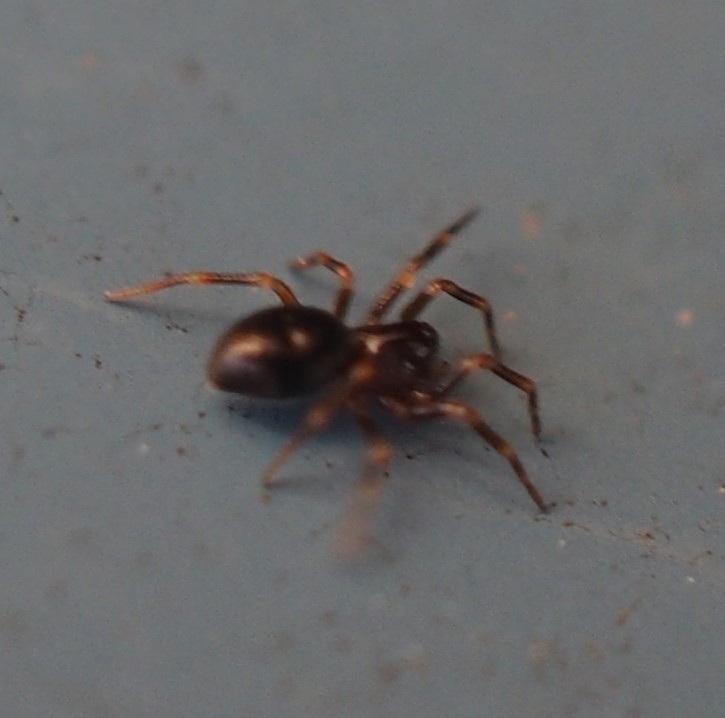
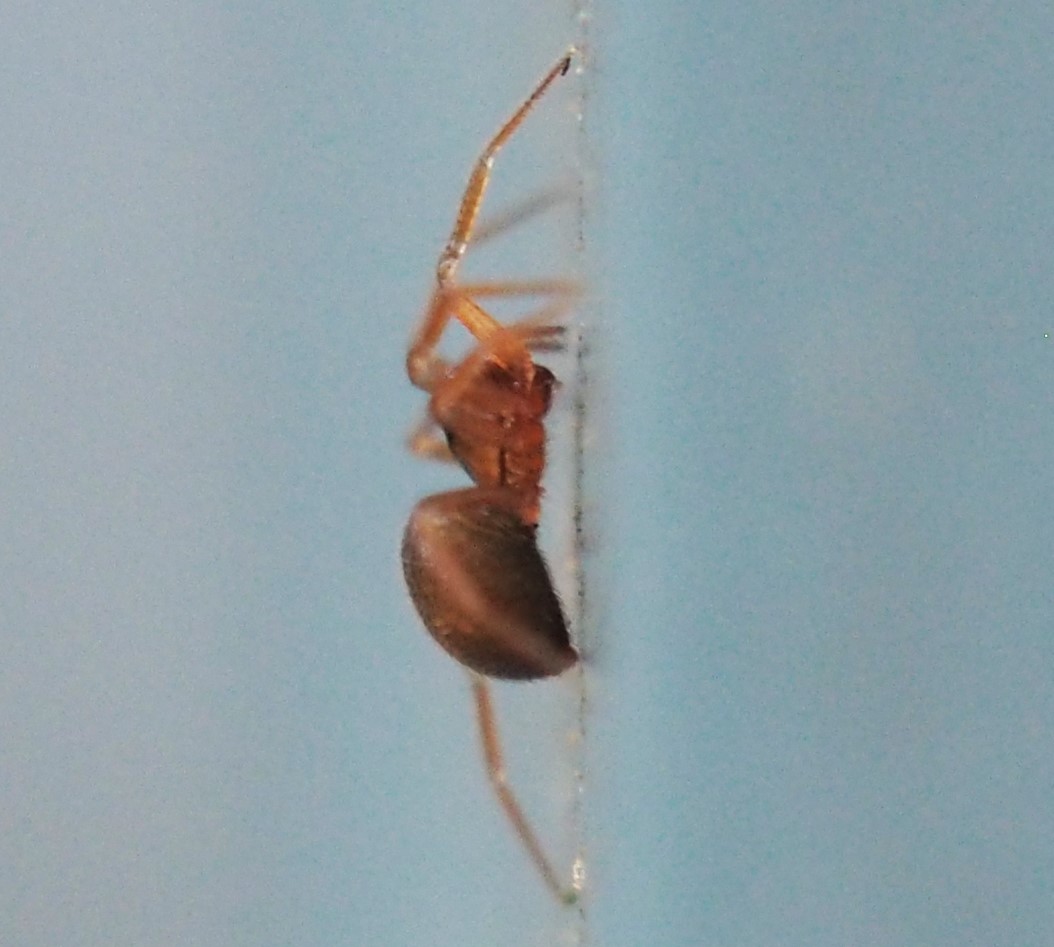

My favorite Dwarf Spider is one that I can easily get into genus Grammonota. It seems always to be a black Spider with a gold pattern on either side of a meridion line down the abdomen. Third is one from last week.
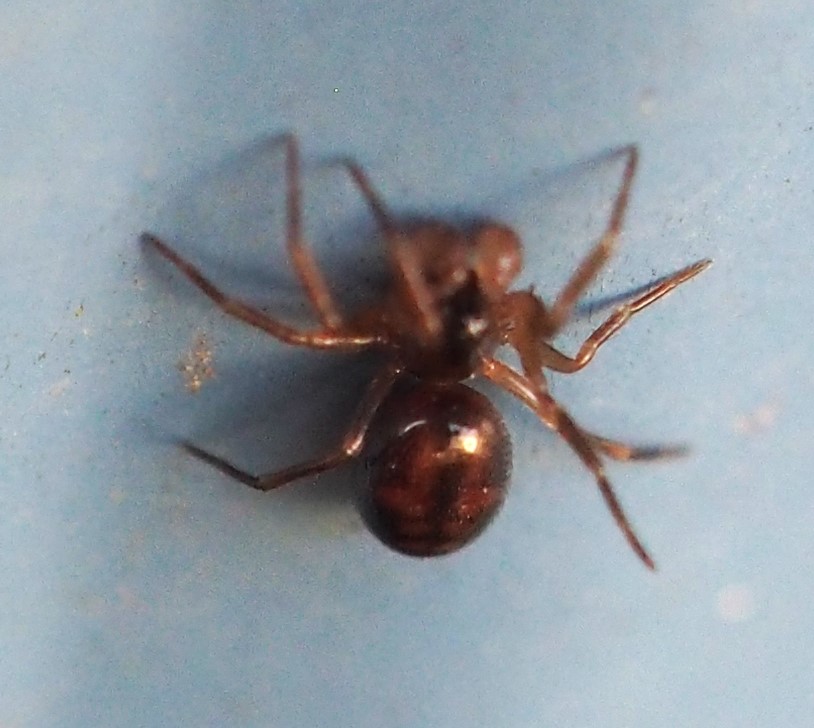
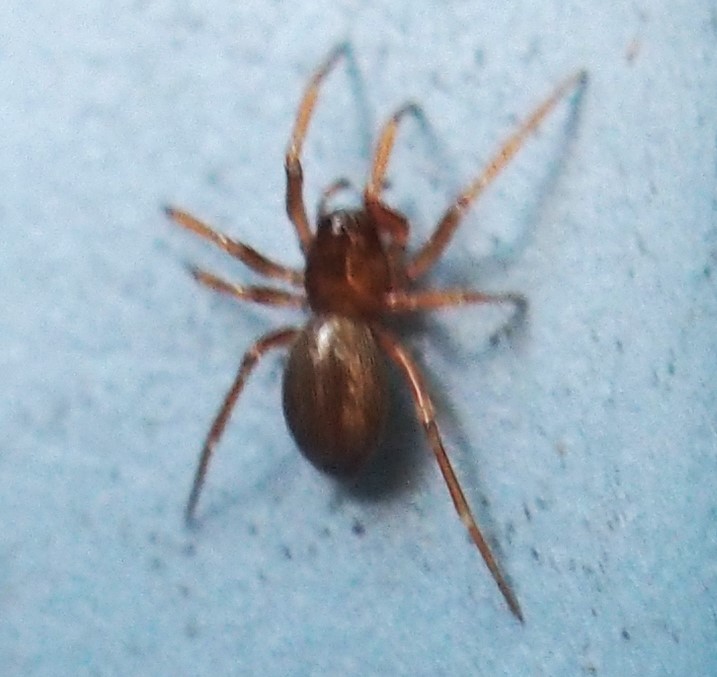
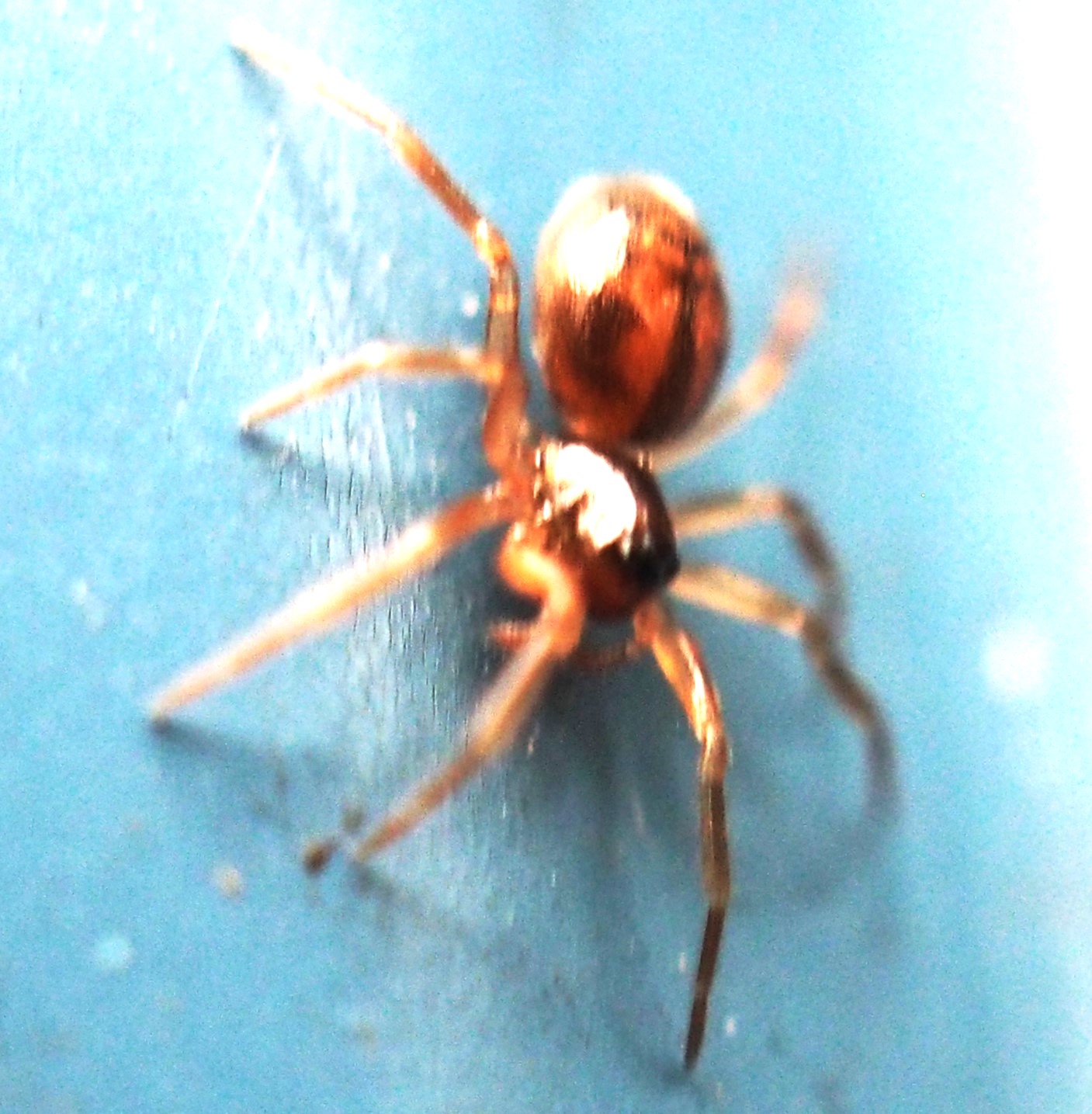
This one looks like a Thin-legged Wolf Spider. It certainly has the thin long legs.
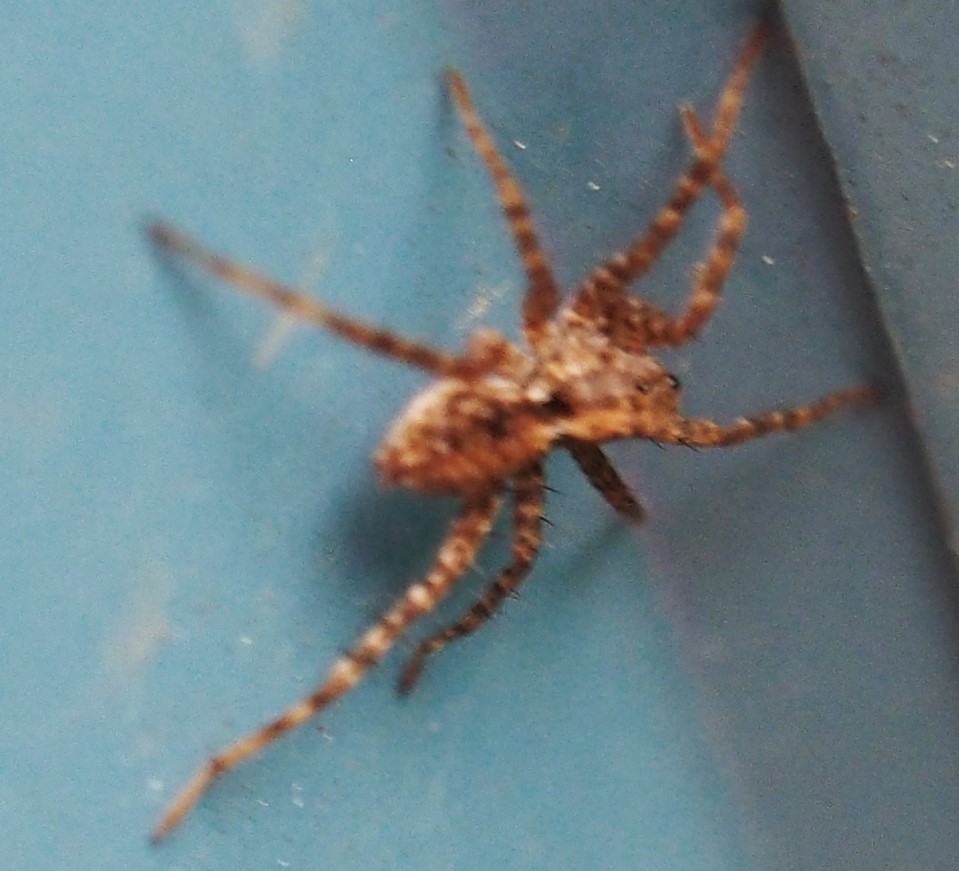
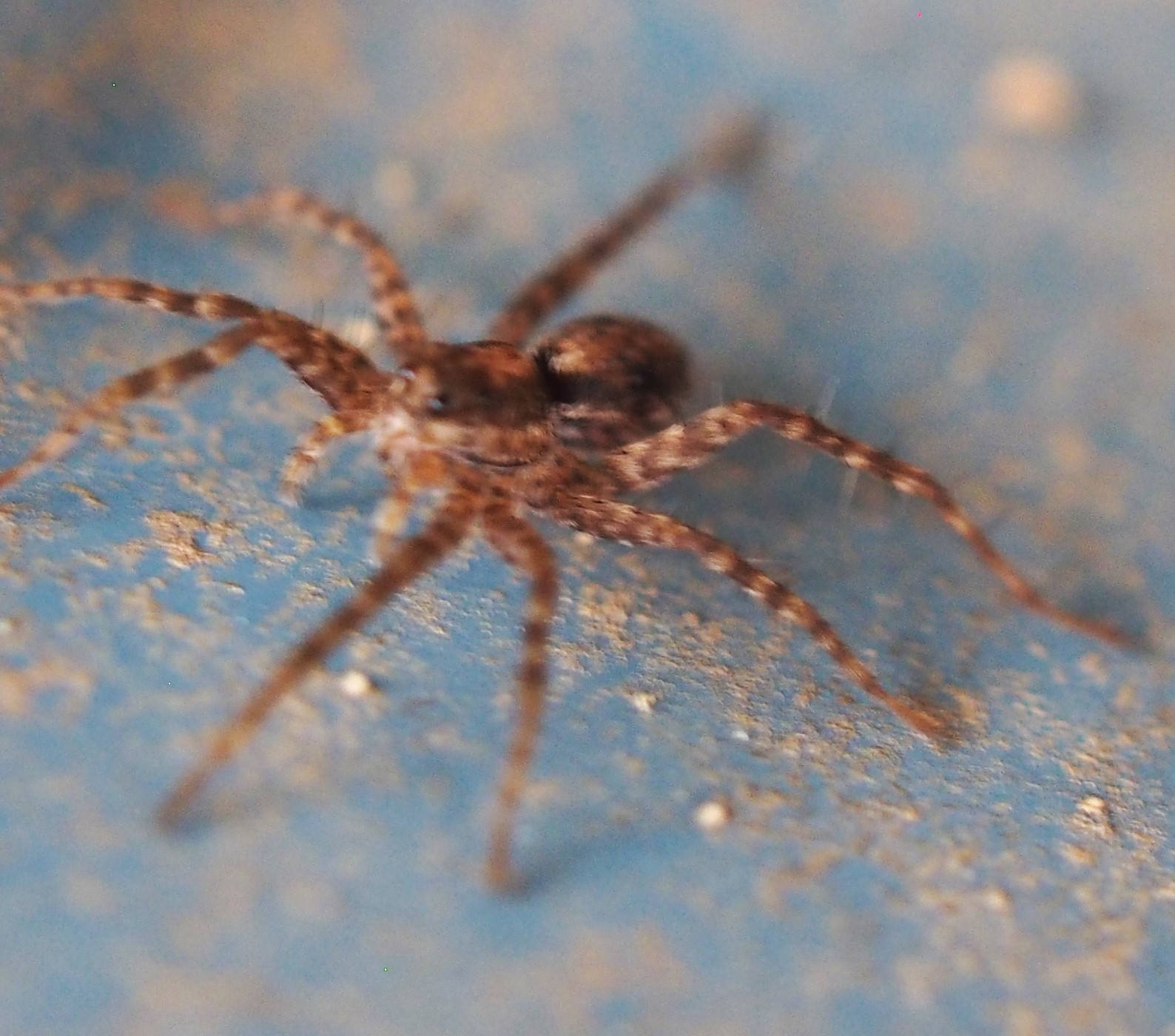
My favorite Spider is back! This one just looked like a tiny shiny disc on the South Wall. It's Mimetus Puritanus, the Common Cannibal Spider. It was a bit less than a millimeter from top to bottom, maybe a half-millimeter. That's small!

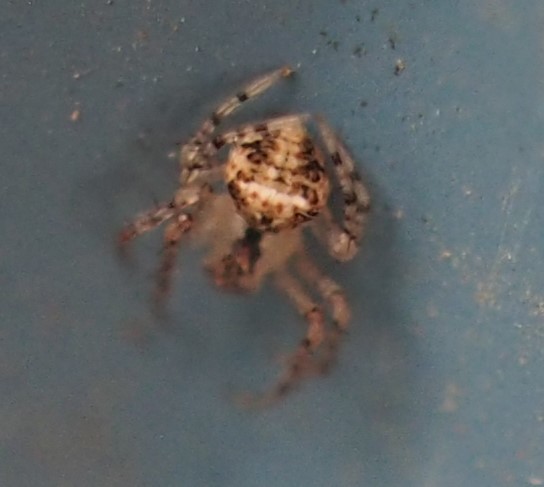

These Wasp Larvae (Ephialtini) are rapacious. Now our Common House Spider has one on it. Numbers 2 and 3 seem to be a kind of Cobweb Spider. Are they possibly the same as the Lyric Cobweavers? Anyway, they, like it, have Wasp Larvae.

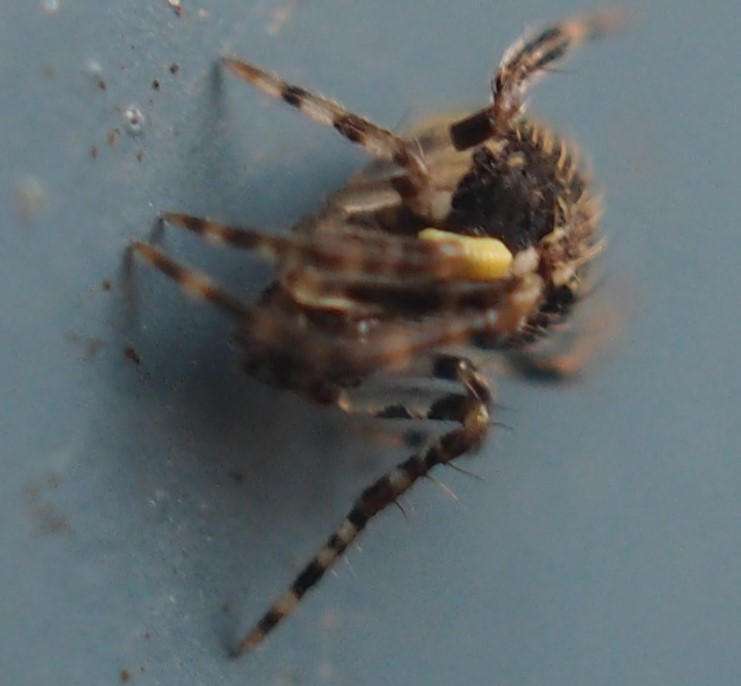

My new pond thermometer arrived this week and I'm now monitoring the temperature. Yesterday it said 55F and the Fishes were gathering at the edge of the pond to greet me. They haven't done THAT all winter. So I broke down and sang them their "Here fishy fishy fishy" song and gave them a very few flakes. and so I don't know if we have established a regular "feed me" schedule but we are apparently friends again.
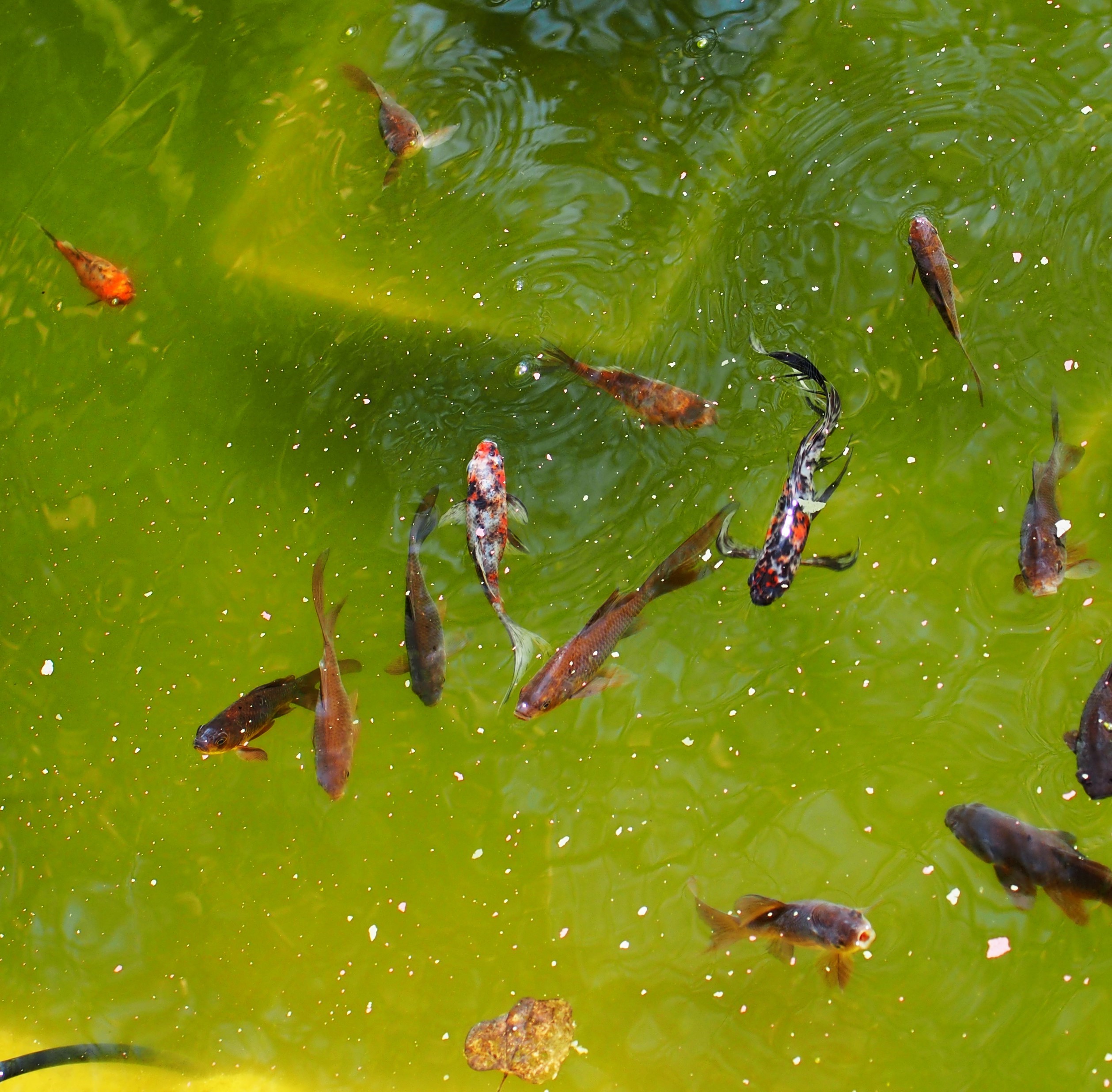
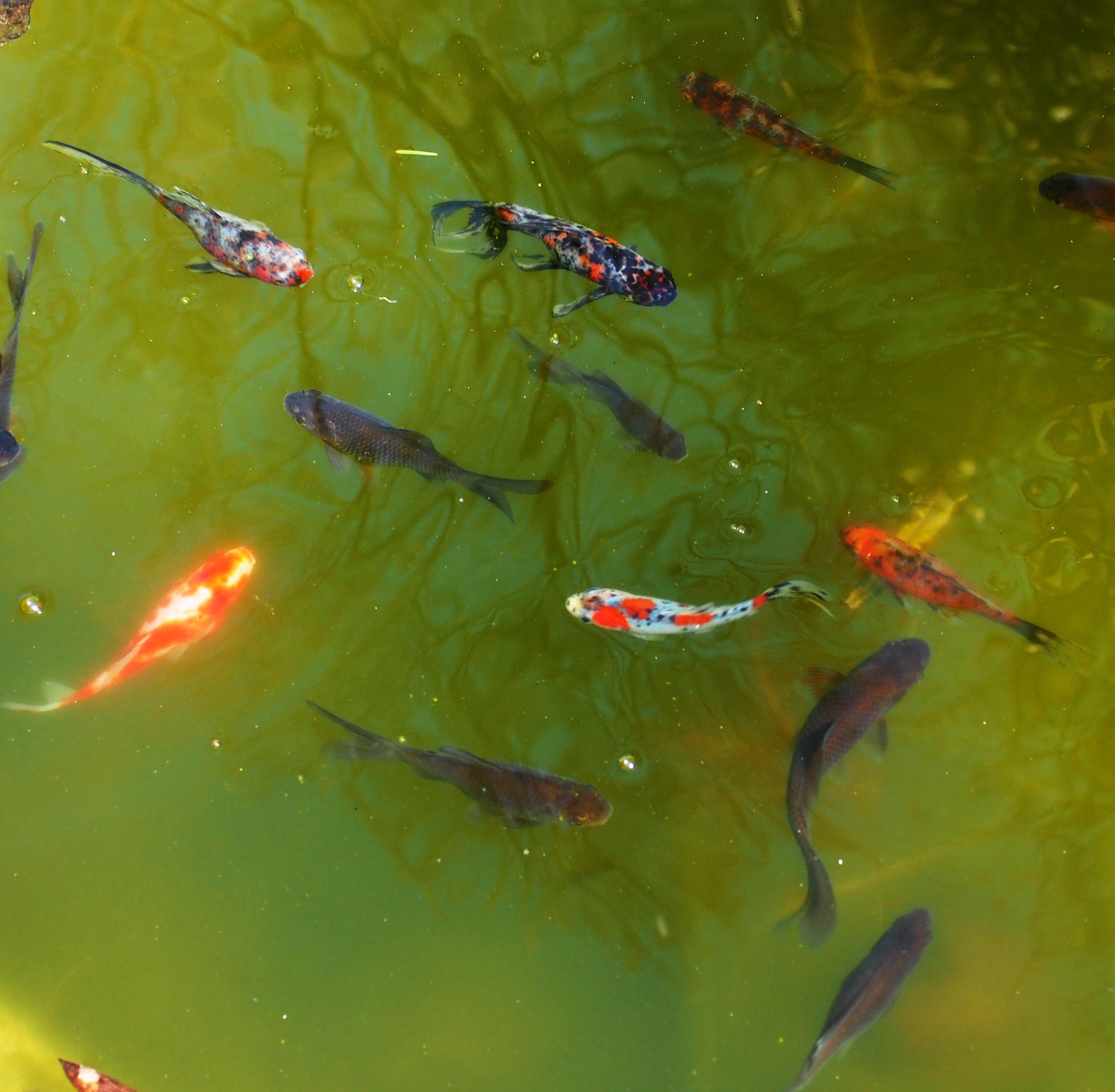
Last week I wasn't kidding about suddenly seeing two Frogs just as I was getting ready to put that day's blog to bed. Here are the first two Frogs again.
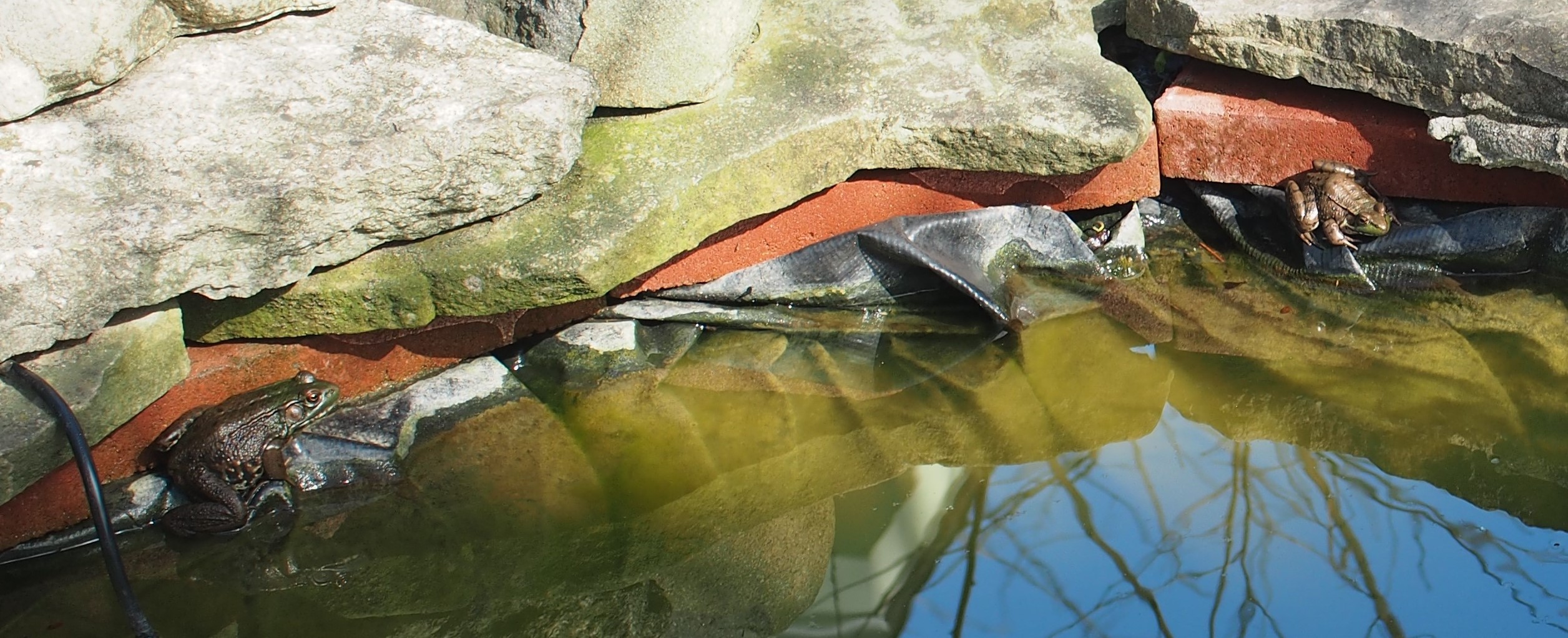
By the next day, two other smaller frogs had come out. All of them have been much larger than they were when they had gone to sleep at the bottom of the pond! Here are four all together (in a long line).

What a week! Frogs are back, Fishes are hungry, and it is supposed to be in the 70's F by the end of the coming week! I hope everyone is happy in whatever world they've chosen. Take care all, and see you next week!
Love, Martha
Back to April 2, 2023
Forward to April 16, 2023
Back to main menu
copyright Martha O'Kennon 2023





































































